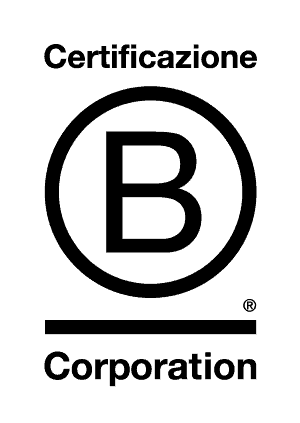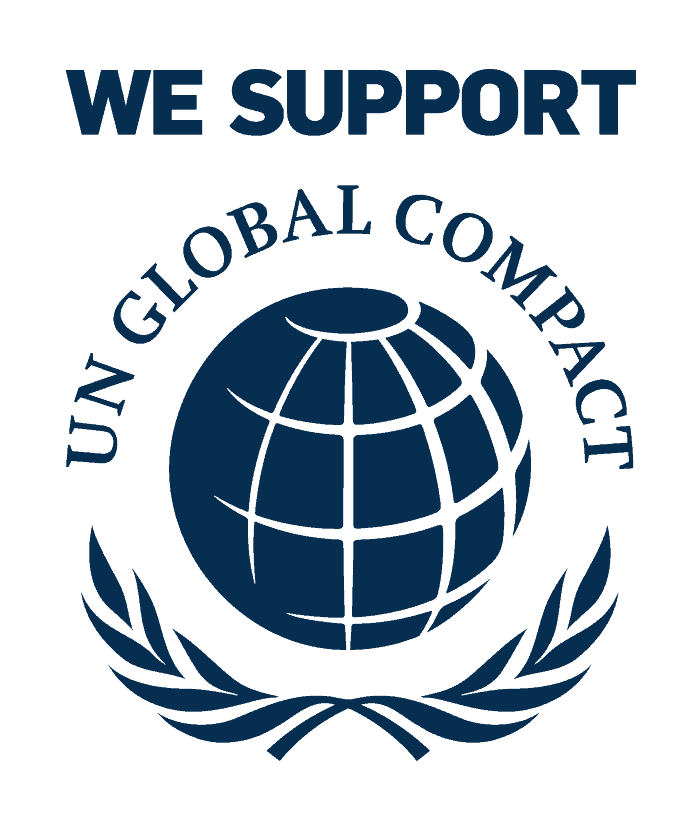WHY PRIMATE?
These are the questions we asked ourselves in 2017, when we were born.
The heartbeat of business
We founded PRIMATE in 2017.
For some years we felt out of place in the world of business consultancy, where we have been operating since the ’90s. Hundreds of projects considered “successful”. So much gratitude from thousands of people. But, inside, our frustration kept growing: outside of projects, too little was truly being transformed inside organisations, compared to what we think is needed in this whole new era.
It was all too slow, there was too much distance between the problems and the decisions being made to solve them, too much talent wasted in every workstation, at every desk. So began a circle of stress, fear, de-responsibility. Together with our clients, we were looking for a different way of doing things. Shortness of breath. Vacuum dive into the heart. We weren’t satisfied.
Together with our clients we were looking for a different way and a different meaning. We felt the urge to start learning again, to co-design new projects in order to discover new ways. Together, we moved to the frontier. We went back to the beginning, where actions shape the body, the mind and the world. Together with our companions, we started to release energy and talent.
We ignite the courage that scares, we experiment with people and teams. We make evolutionary interventions, even with thousands of people. We put new disciplines and tools into circulation to knead work and meaning.
People, companies and communities can tune in their breath and make the heart of the business beat.
PRIMATE is a Benefit Corporation and a Certified B Corporation®
We were established as a Benefit Society and, since our foundation, have pursued B Corp™ certification, which is deeply connected to our PURPOSE.
In a phase of epochal mutation, PRIMATE was born with the purpose of contributing to the evolutionary leap of people, organisations and communities, releasing positive energies, innovating models and practices, and co-creating spaces in which the sense of what one does on a daily basis contributes to the development of oneself, one’s business and the communities within which one lives and works.
This is the footprint we want to leave in the world.
“Psychological Safety and Right Kind of Wrong”
PRIMATE interviews Amy Edmondson
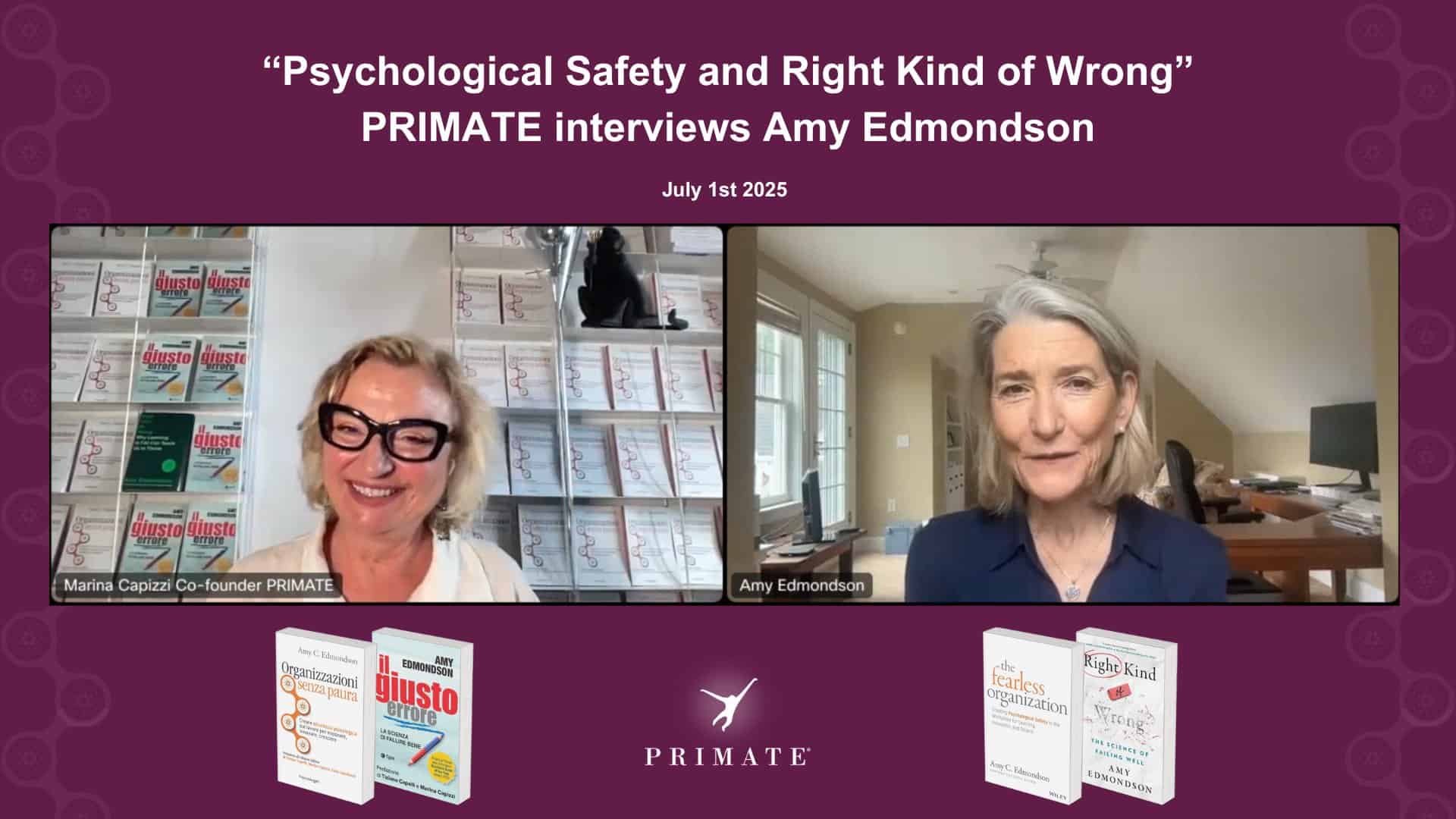
On July 1st 2025 we had the pleasure of interviewing Amy Edmondson, Professor at Harvard Business School. We had a conversation about her last two books:
📙 The Fearless Organization (Organizzazioni Senza Paura, FrancoAngeli)
📗 Right Kind Of Wrong (Il Giusto Errore, Egea).
The event proved to be immensely rewarding: Amy was simply amazing at answering with clear focus and extreme accuracy and our participants were very engaged during the entire conversation, bringing up so many interesting questions.
Participate in international research
“The Fearless Organization Scan
Global Survey 2025”
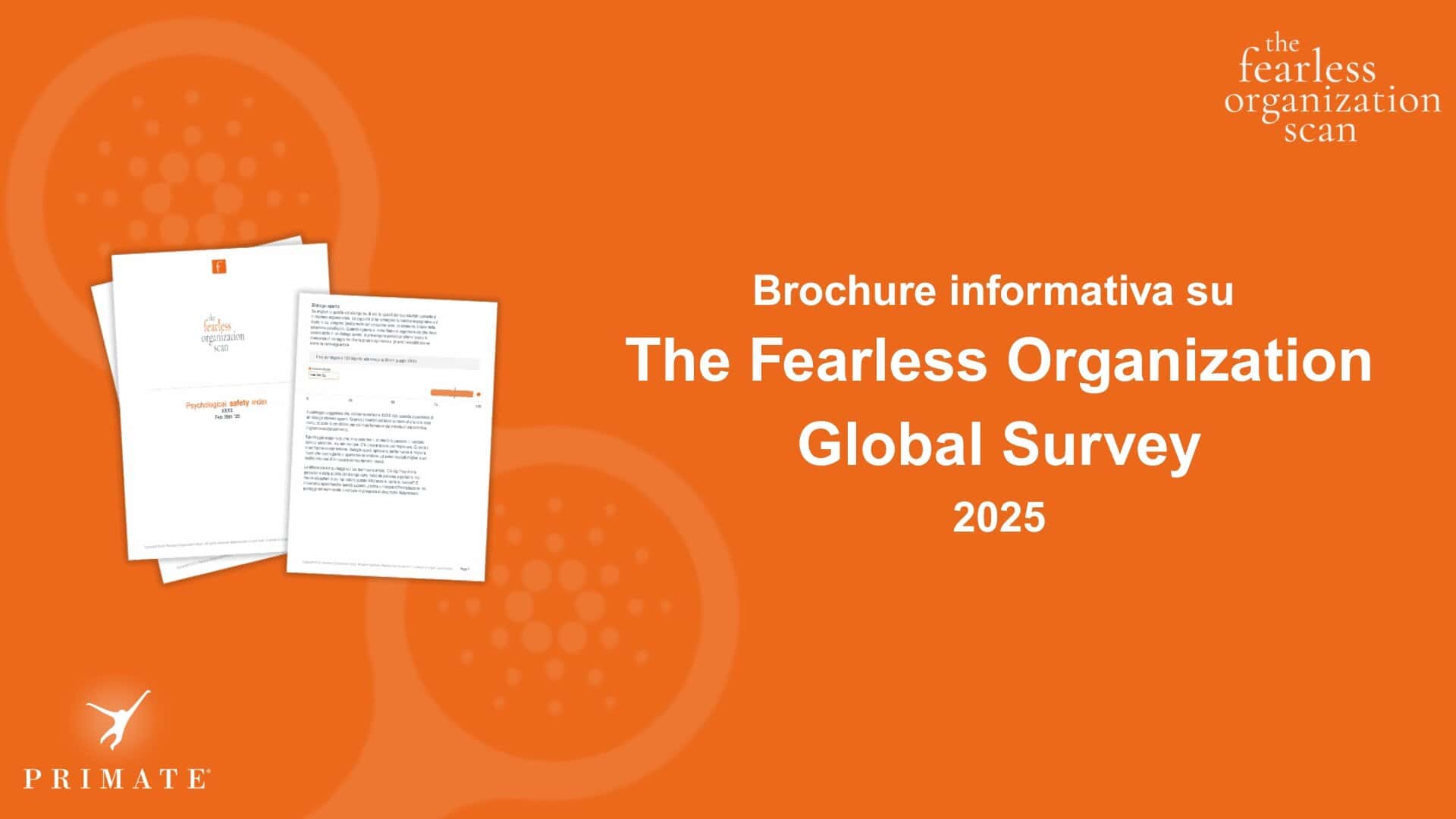
PRIMATE’s NEWSLETTER
This week’s article:
The 3 Elements of Trust
Trust is one of the most crucial qualities in the evaluation of a leader.
It is an early indicator of perceived success by colleagues, co-workers and superiors. However, building it-or rebuilding it after losing it-is not easy.
Zenger and Folkman analyzed data from 87,000 360-degree evaluations to better understand the dynamics of trust in leaders.
The analysis found that trust is based on three key elements…
*The picture shows “Geometri Di Volo” by Tullio Crali, 1986

PRIMATE’S ORGANIZATION DESIGN CASES
Below you will find the English transcripts of some episodes of the “PRIMATE Podcast” (which you can find on Spotify by clicking here), in which our customers talk about the organisational transformation paths they have taken with us.
"Going Beyond"
with Guido Menegatti
"(R)EVOLUTION"
with Andrea Bassi
"Foundation"
with Marianna Bianchetta
"Culture to Grow"
with Gianluca Magnani
AMY EDMONDSON AT THE 2024 LEADERSHIP FORUM (MILAN)

Amy Edmondson with Marina Capizzi and Tiziano Capelli, co-founders of PRIMATE and authors of the italian prefaces to “Right Kind Of Wrong” and “The Fearless Organization”
MARINA CAPIZZI INTERVIEWS HENRY MINTZBERG

The Italian publishing house “FrancoAngeli” asked Marina Capizzi to pose some questions to Henry Mintzberg, the greatest researcher of organizations and author of “Understanding Organizations … Finally!”
You can click the button below to watch the full interview in English
HIERARCHY TO DIE OR TO THRIVE?
Connecting Organizational & Biological Hierarchy.
The Foundations of a Neuro-Psychological Safety
Evolving hierarchy, culture, teams and people


Who is the real customer of the traditional hierarchical organizations? The Boss. Our organizations have always been hierarchical. The decision-making power increases as we go up, creating a structural distance from decisions and problems / opportunities that are generated where supply meets demand. Decisions are waiting to be made, while problems get bigger and bigger. The decision-makers need thousands of meetings, while the people at the bottom, who often know the solution but cannot decide, will experience demotivation. Everyone is afraid of making mistakes. And slowness, bureaucracy, stress, disengagement reign. All costs for people, organizations and customers. Everyone looks upward: organizational wry neck is widespread. We experience this every day. Can we be surprised? The traditional hierarchy comes from the past, from worlds that no longer exist. But we never talk about how to evolve hierarchy… Instead, we have been talking for decades about leadership, yet the problems remain the same: silos, lack of delegation, stress on the top, frustration at the bottom, and procrastination even though people run all day long. Why? Hierarchy creates the playing field much more than leadership! But at the idea of changing the hierarchy, we fear being overwhelmed by chaos… So what?
Is there anything that can inspire us to evolve the traditional hierarchy? Yes, there is.
We as humans have always used hierarchy to create order and exercise power. Hierarchy is the backbone of our organizations. But, guess what? Hierarchy is also the backbone of our Autonomic Nervous System (ANS), as studies by neuroscientist Stephen Porges, the author of the Polyvagal Theory (here applied for the first time to organizations), show. Surprise! Organizations and our ANS share the same structure: Organizational Hierarchy and Biological Hierarchy.
From the Polyvagal Theory, we learn that the Biological Hierarchy that structures our ANS can function both as a tool for defense and as a tool for connection and prosperity. We as humans construct hierarchies in order to survive and thrive. But our Biological Hierarchy is more evolved than our Organizational Hierarchy because, in addition to functioning as a hierarchy of defense, it can also operate as a Hierarchy of Connection, the neural state that makes us feel safe physiologically and psychologically. In this state, we open up, become focused, essential, renew our energy and use power to collaborate. Instead, the traditional Organizational Hierarchy has been structured primarily as a defensive, closed and self-centered hierarchy, which breeds fear and cultivates the use of power as a tool for fight/flight. Thus. Hierarchies to die or to thrive? We can consciously choose to cultivate in every organization hierarchies of connection that foster experiences of mutual security. This is a book to broaden thinking about hierarchy and open up concrete ways to take the first steps in a new direction that evolves people, teams and organizations. In the book you will find several working indications and many cases for getting started. Lowering the costs of fear by cultivating “Psychological Safety,” the concept that Amy Edmondson has brought to worldwide attention, which finds its neural basis in the studies of Stephen Porges. We can call it: Neuro-Psychological Safety. Making Connecting Teams the minimal unit of the organization, which can self-manage rather than be commanded and controlled. Co-redesigning the culture involving all people. Bringing out the Bio-Purpose, because it has a biological basis, as the highest hierarchy. Our organizations have always been Bio-Organizations. Everyone says our organizations are made up of people. Why doesn’t anyone say they are made of bodies? Bodies are capable of connecting: we can use that power to thrive. The key in Organization Design? Our Biology.
ARTICLES
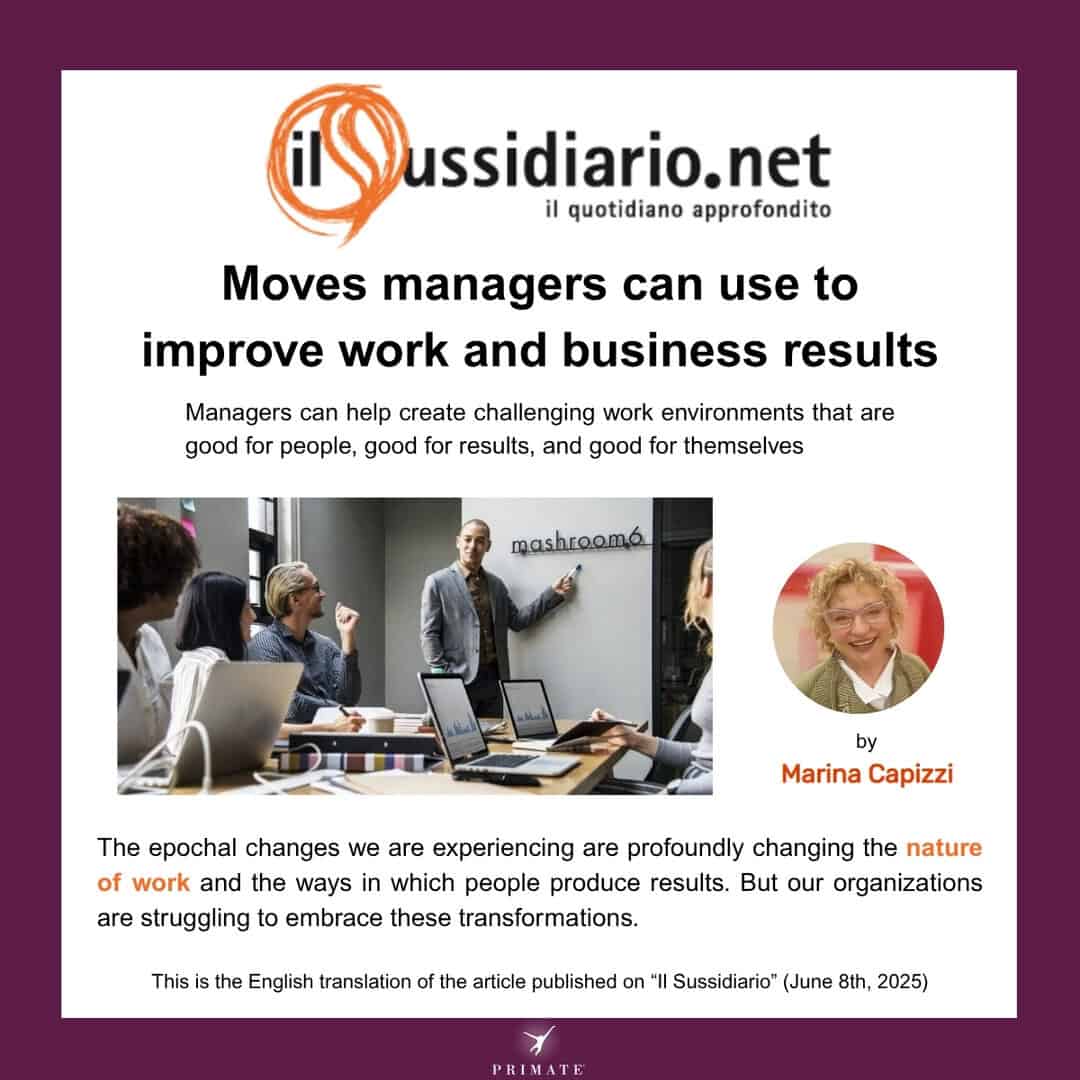
June 8th 2025
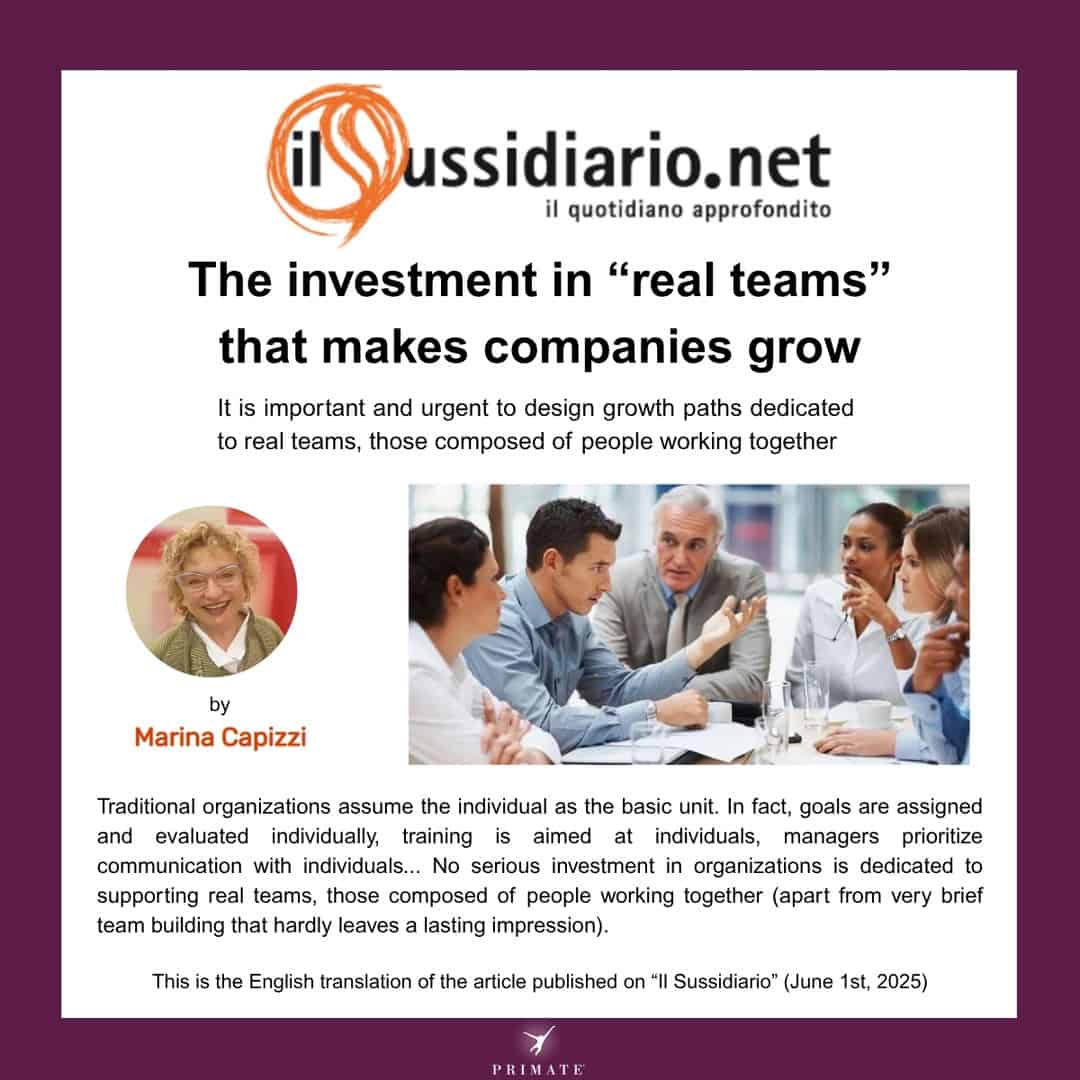
June 1st 2025
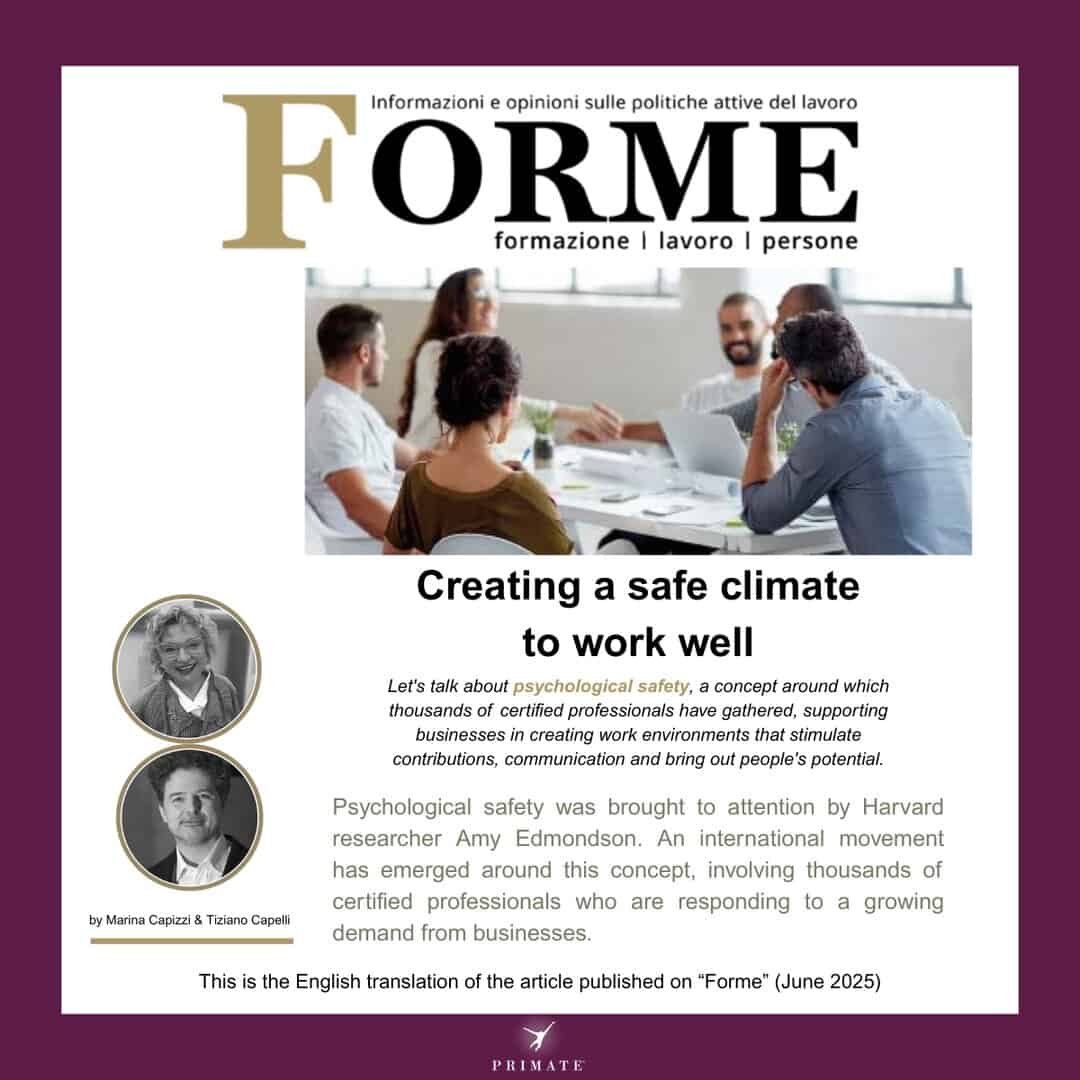
June 2025
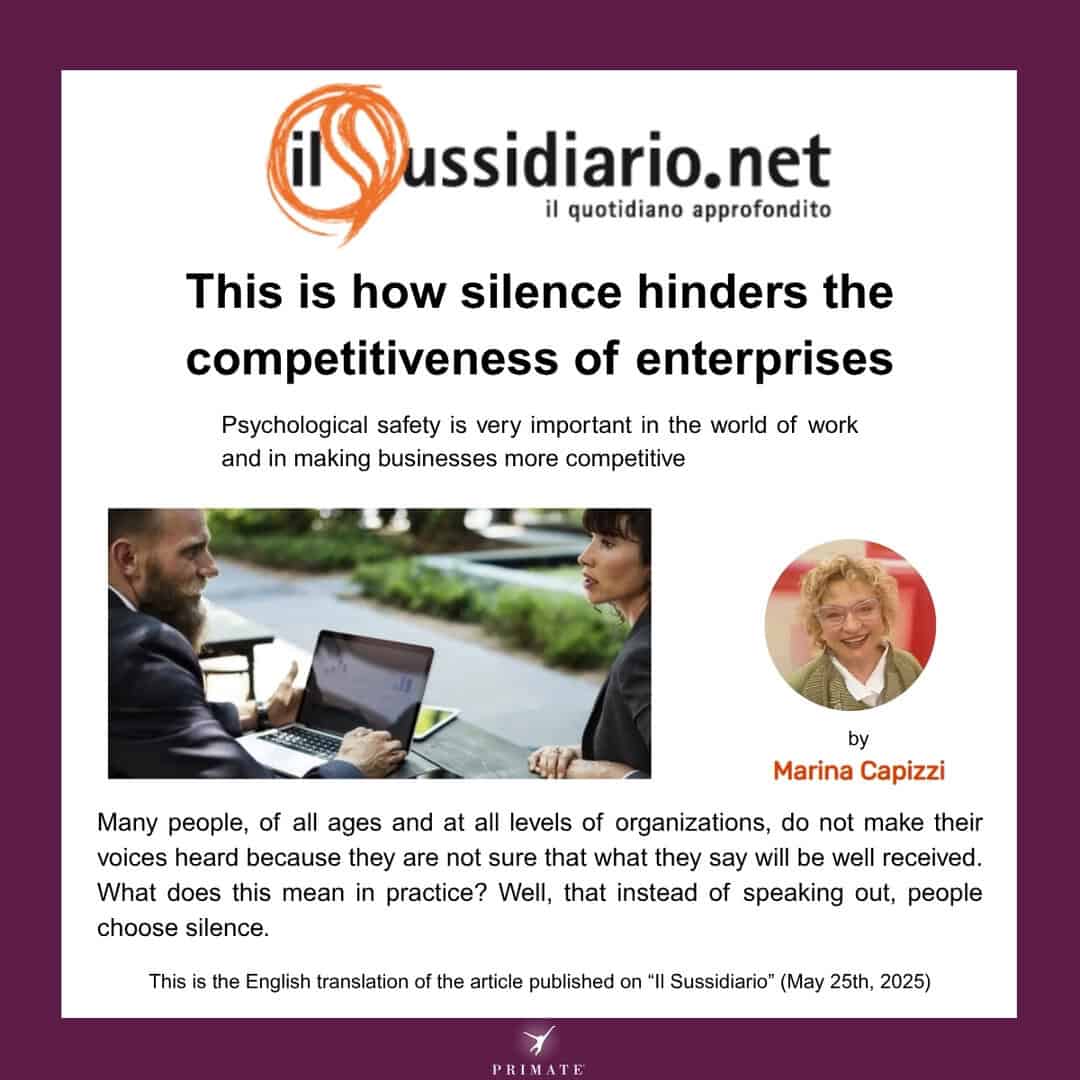
May 25th 2025
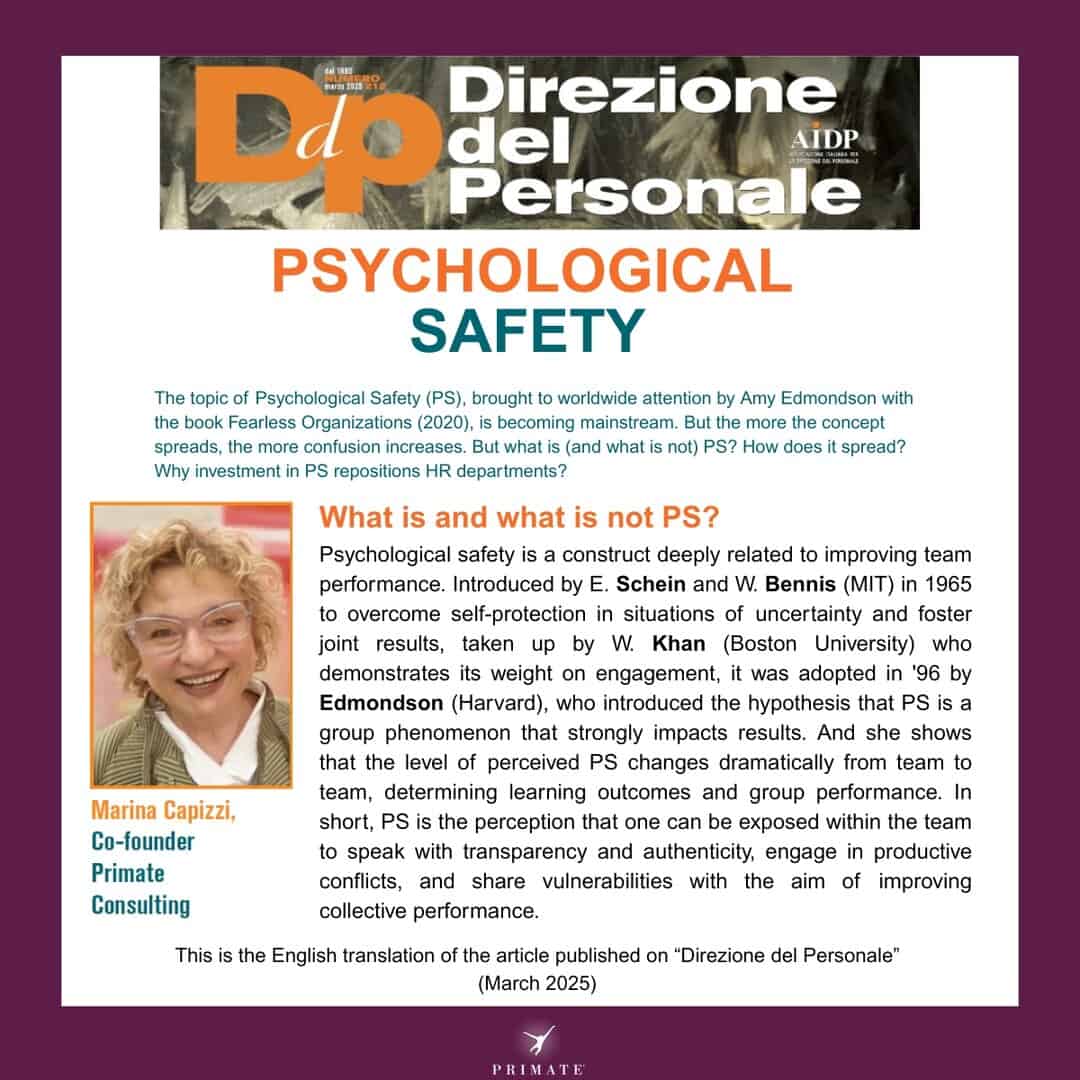
March 2025

December 19th 2024

December 4th 2024
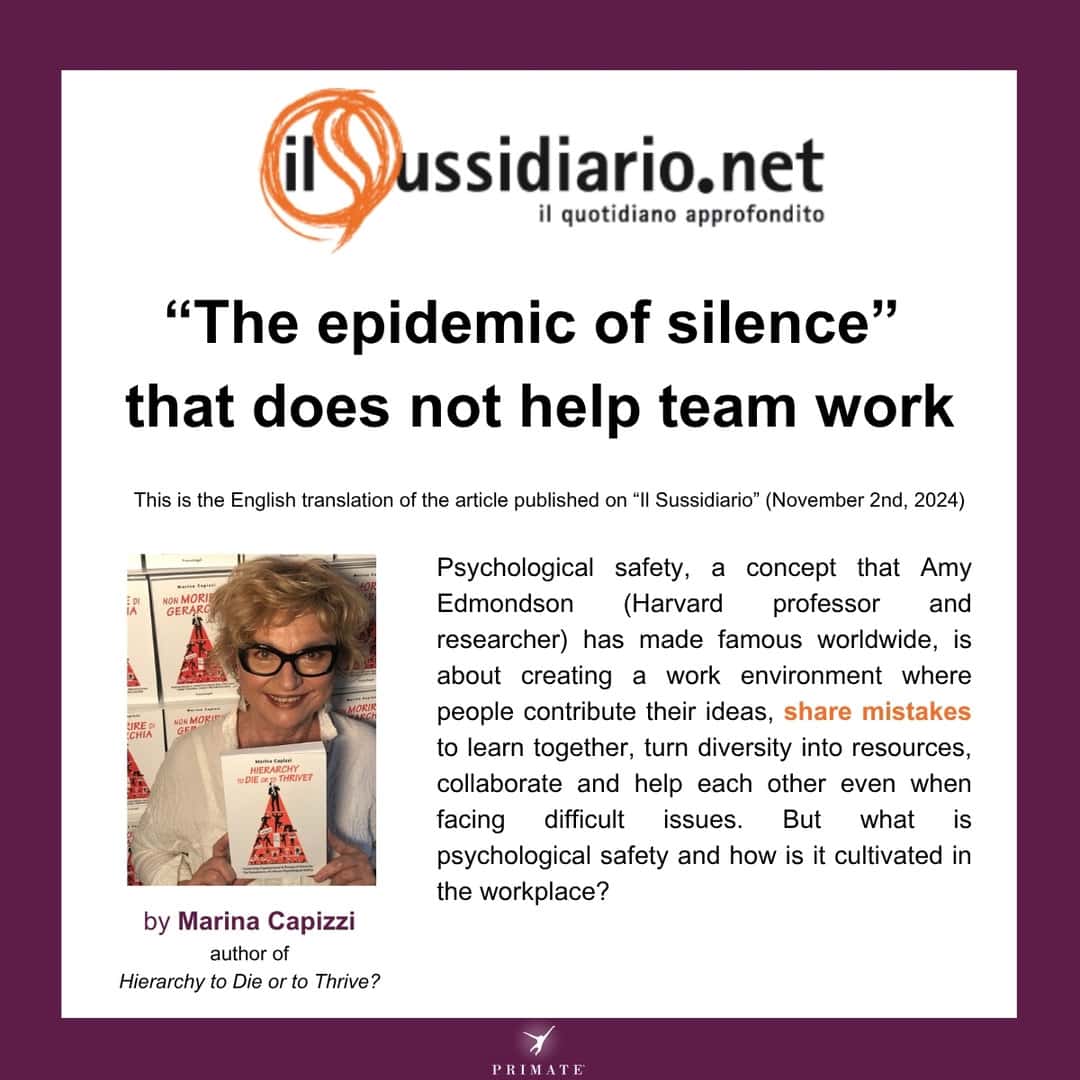
November 2nd 2024

September 30th 2024

September 21st 2024

June 2024

June 1st 2024
Surviving Meetings
An effective method for organising Smart Meetings that are good for people and business.

Are you tired of “as-is” meetings? Would you like to get straight to the point, understand, solve, and finish them and still have some positive energy to spare? If so, then this book is for you.
Today we have too many useless, continuous and often inconclusive meetings both in-person and online. Too many participants, excessive costs, wasted energy and opportunities: more effort than satisfaction…
Would you like to have just useful meetings, ones where the set goal is known beforehand and achieved in the defined timeframe? Would you like to come out of a meeting with more energy than when you walked in, and with the feeling that you and your colleagues are going to succeed, even better that you can even raise the bar?
For sure, it is not always easy to succeed. But it is possible: you need determination, a desire for well-being and a meaningful professional life, and also you need new tools that enable you to work differently. In this volume, we introduce you to TheMeetingCircle; a truly profitable method for organizing meetings, a method resulting from the most avant-garde developments in international organizations and with the contribution of neuro-science. The book contains a kit that will help you design meetings in a fun way, turning them into smart meetings in just a few steps: finalization, focus and flow, achieving the best result with the least effort, Psychological Safety.
However, we need to warn you beforehand. If you use TheMeetingCircle in your organization or with your team on a daily basis, your approach to problems and relationships among colleagues will also begin to change: you’ll see both people and culture evolve.
The reason being that meetings can unite energies and intelligences together. And in doing so make the heart of the business pulsate.
Marina Capizzi and Tiziano Capelli
PRIMATE Co-founders
OUR BOOKS

2024
Amazon KDP

2024
Egea

2023
FrancoAngeli

2022
FrancoAngeli

2020
FrancoAngeli

2020
FrancoAngeli

2019
gueriniNEXT

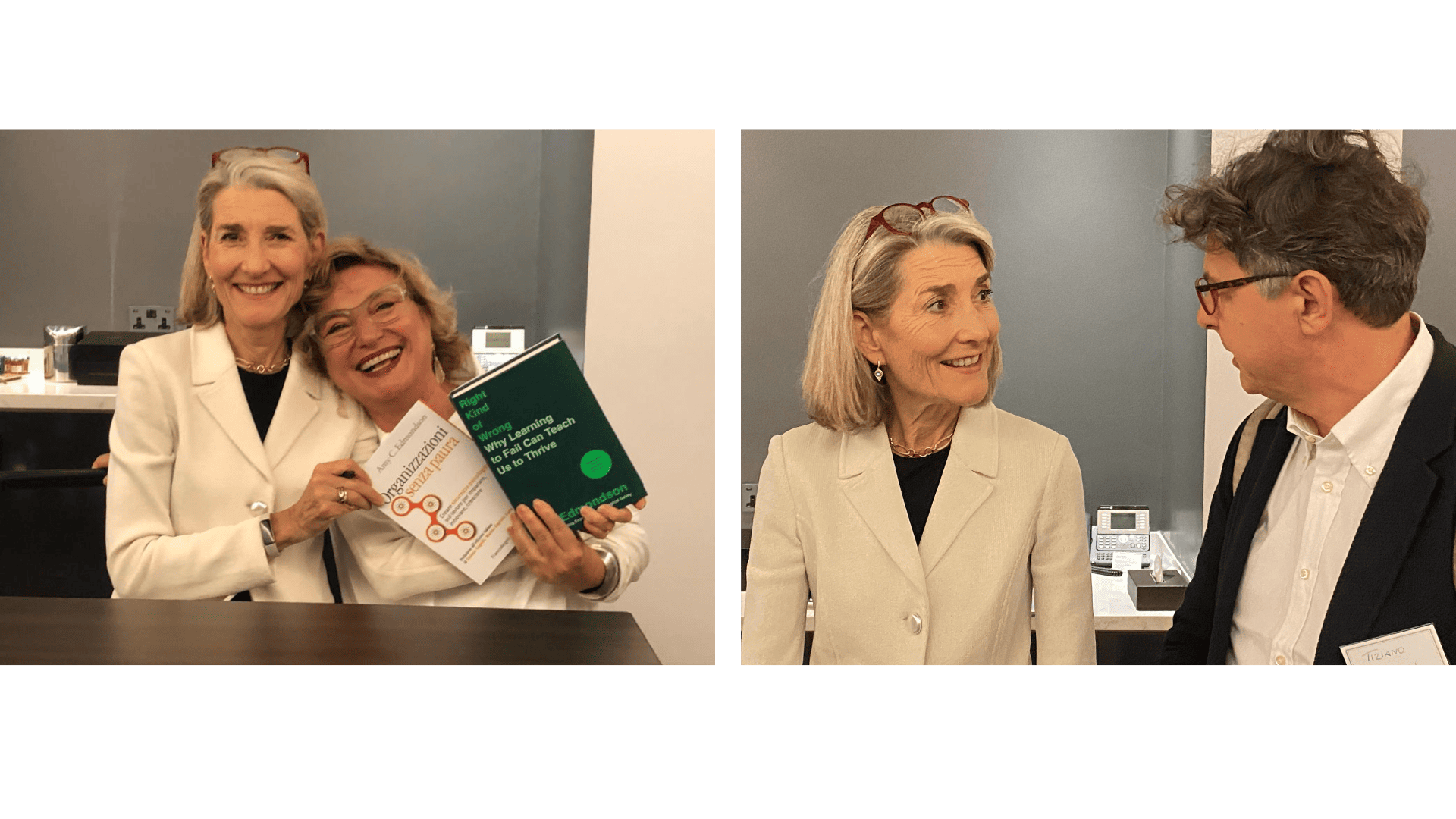
Thursday 28th September 2023, in London, with Amy Edmondson to delve deeper into her new book "Right Kind of Wrong" - which the Financial Times called "The 'It Book' for work-watchers this Autumn" - and to share the projects that we are developing on Fearless Organization.
The Fearless Organization
AMY EDMONDSON PRESENTS THE ITALIAN EDITION
of The Fearless Organization
– November 2020 –
INTERVIEW WITH AMY EDMONDSON
– December 2020 –
Thanks to James Taylor for authorizing the translation and distribution of his interview
The Italian edition of Amy C. Edmondson‘s new book is out, edited by FrancoAngeli. A further step in the evolution of companies. We will be finally able to face fear, one of the taboo themes of organisations, with managerial logic. Fear proliferates where there is a low grade of psychological safety, with significant damage to the health of both people and business. Increasing psychological safety frees up huge resources that greatly improve performance.
The preface of the Italian edition is written by Tiziano Capelli and Marina Capizzi, PRIMATE co-founders, and Carlo Giardinetti, MBA.
The partnership between PRIMATE
and The Fearless Organization Scan
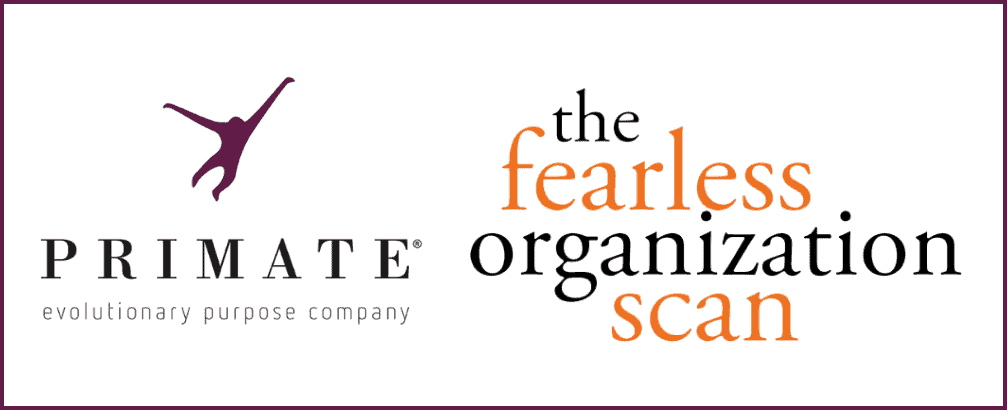
The Fearless Organization Scan is the company that, in partnership with Amy Edmondson – author of Fearless Organization and lecturer at Harvard Business School –, has developed an agile and accurate survey to detect the level of Psychological Safety, comparing it with a wide-ranging benchmark. Together they created an international network: PRIMATE is the Italian partner.
PRIMATE hosts CORPORATE REBELS
Corporate Rebels
The 8 trends of organisational evolution
– November 2019-
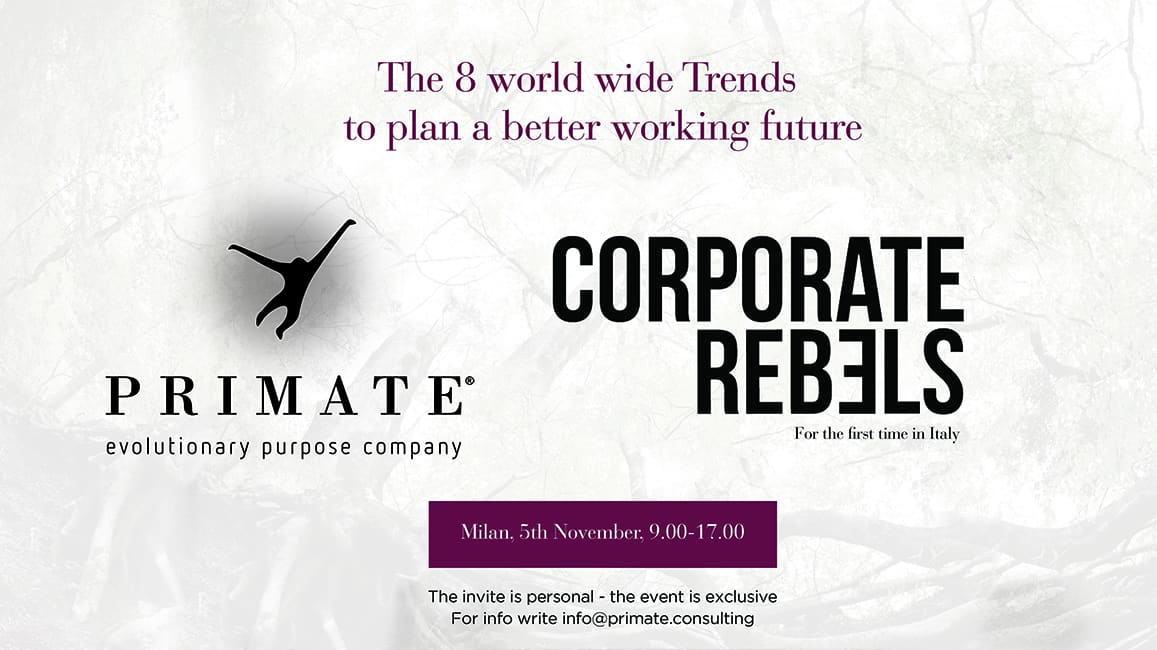
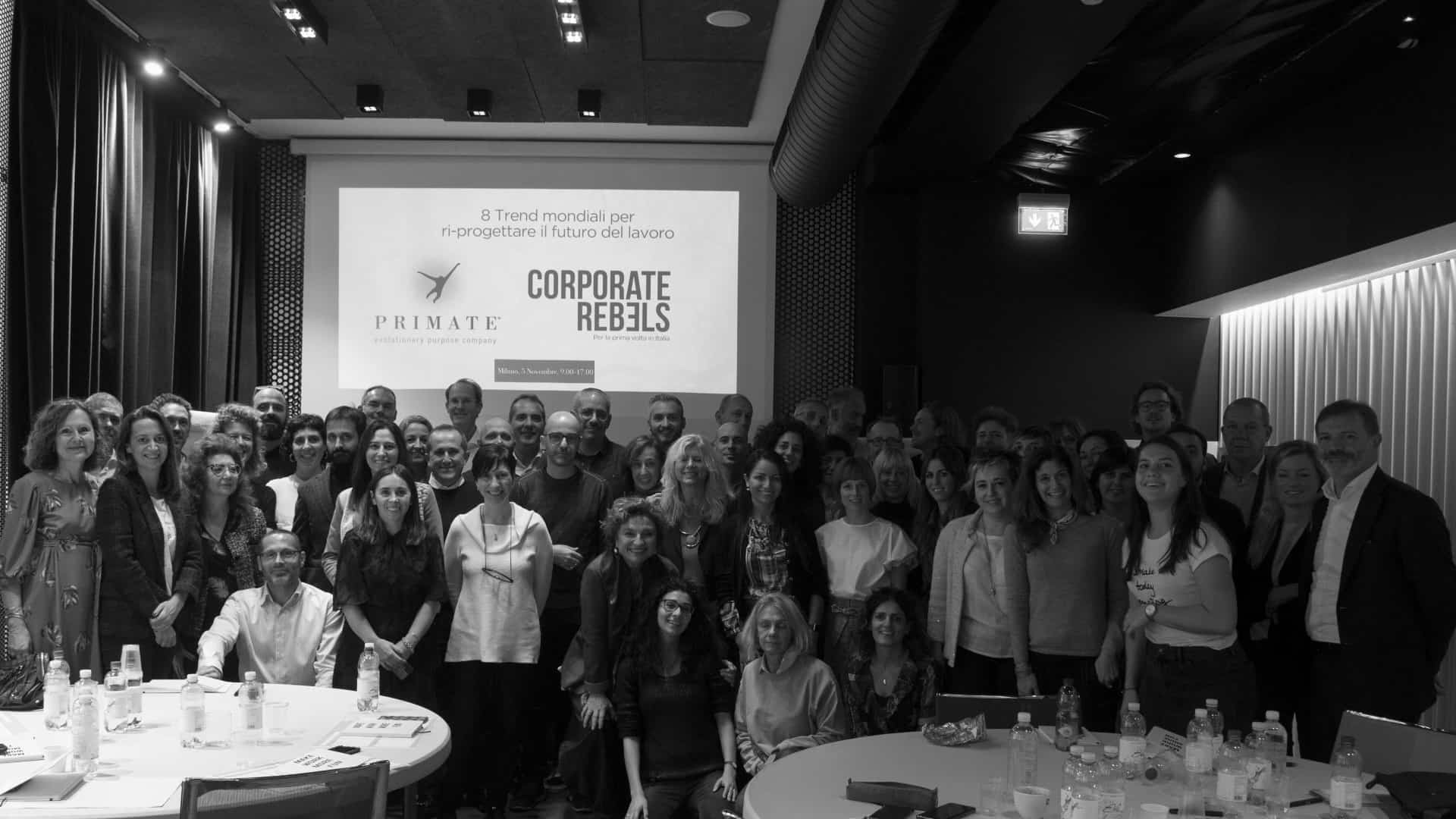
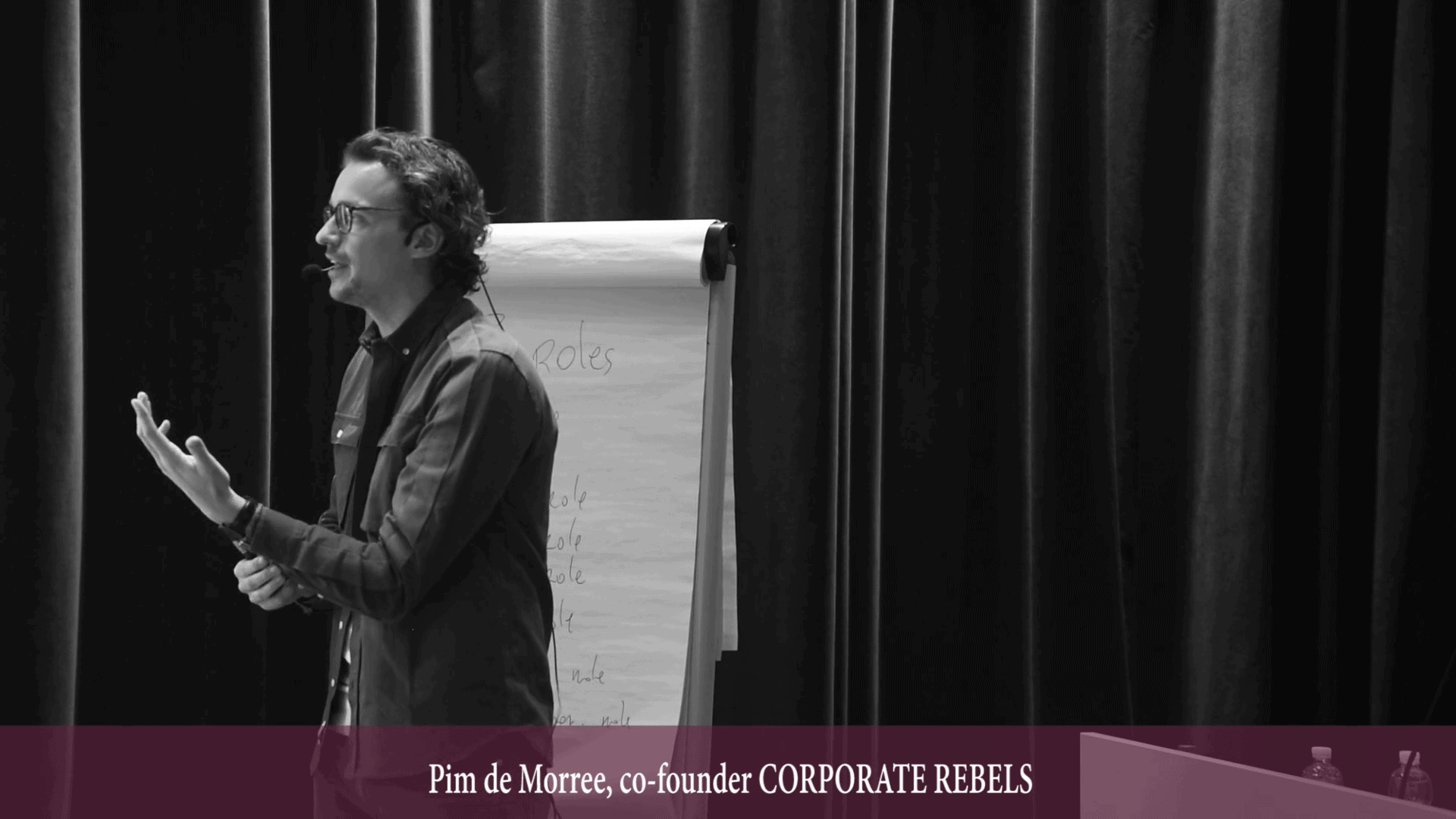
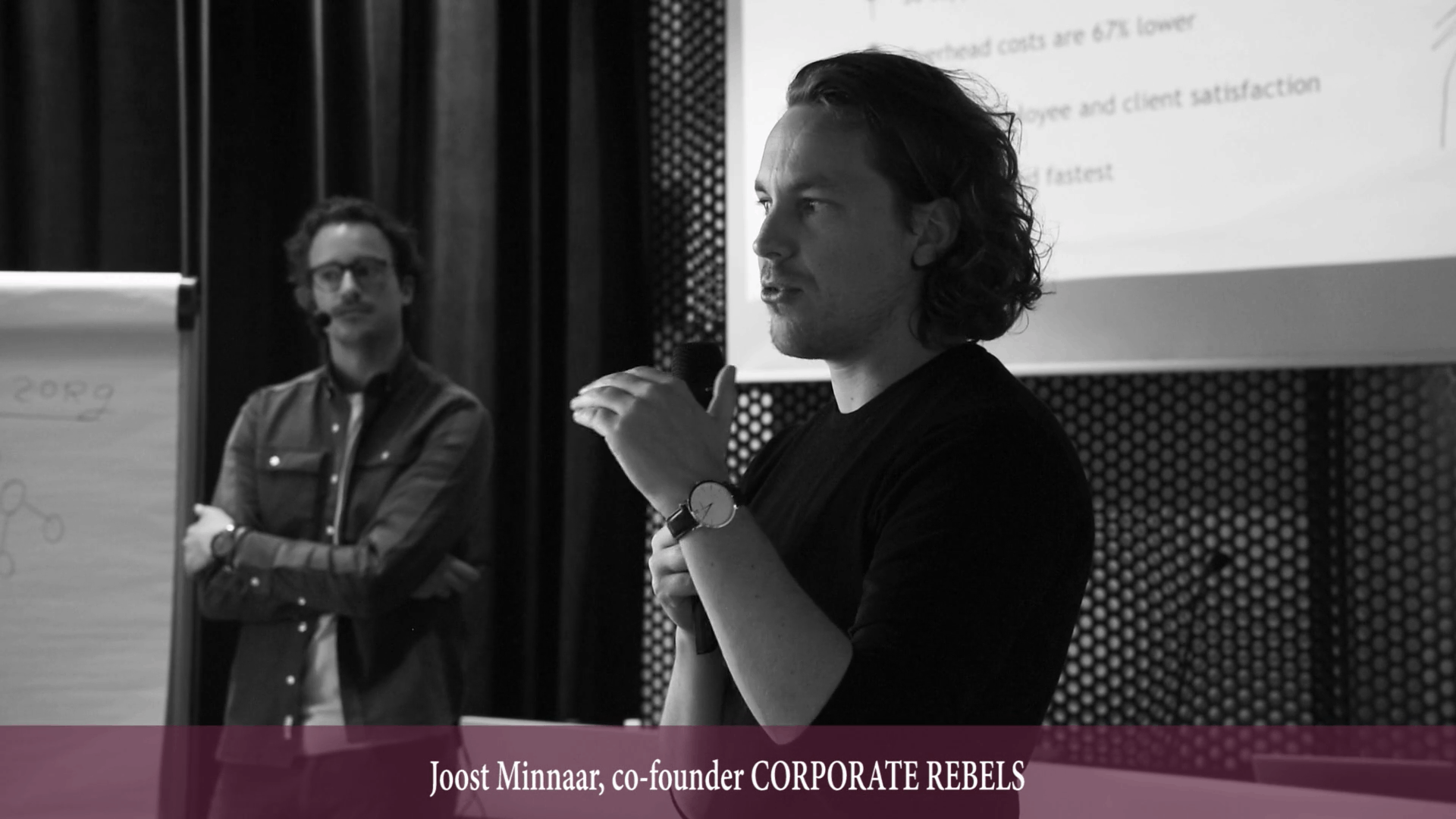
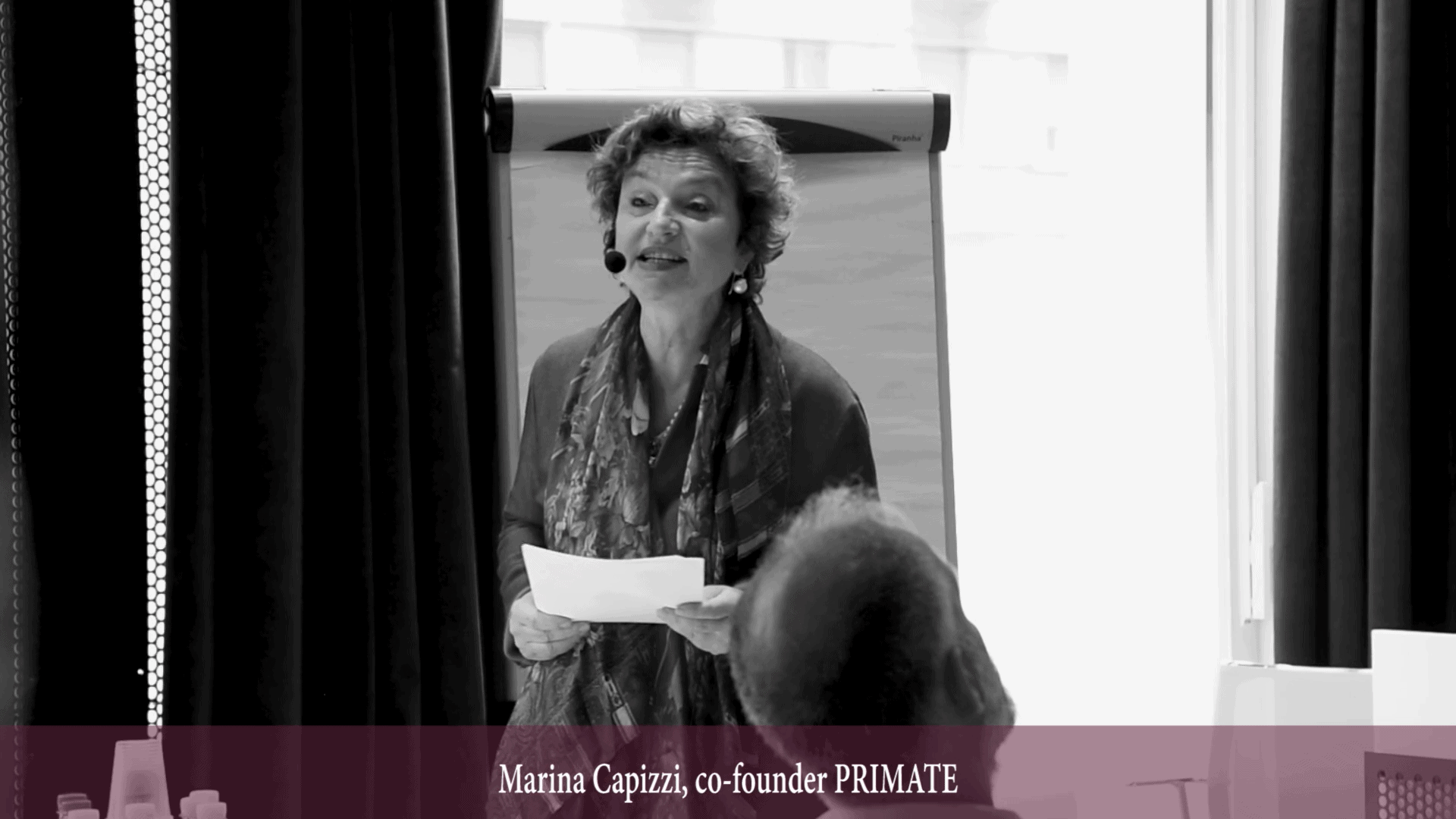
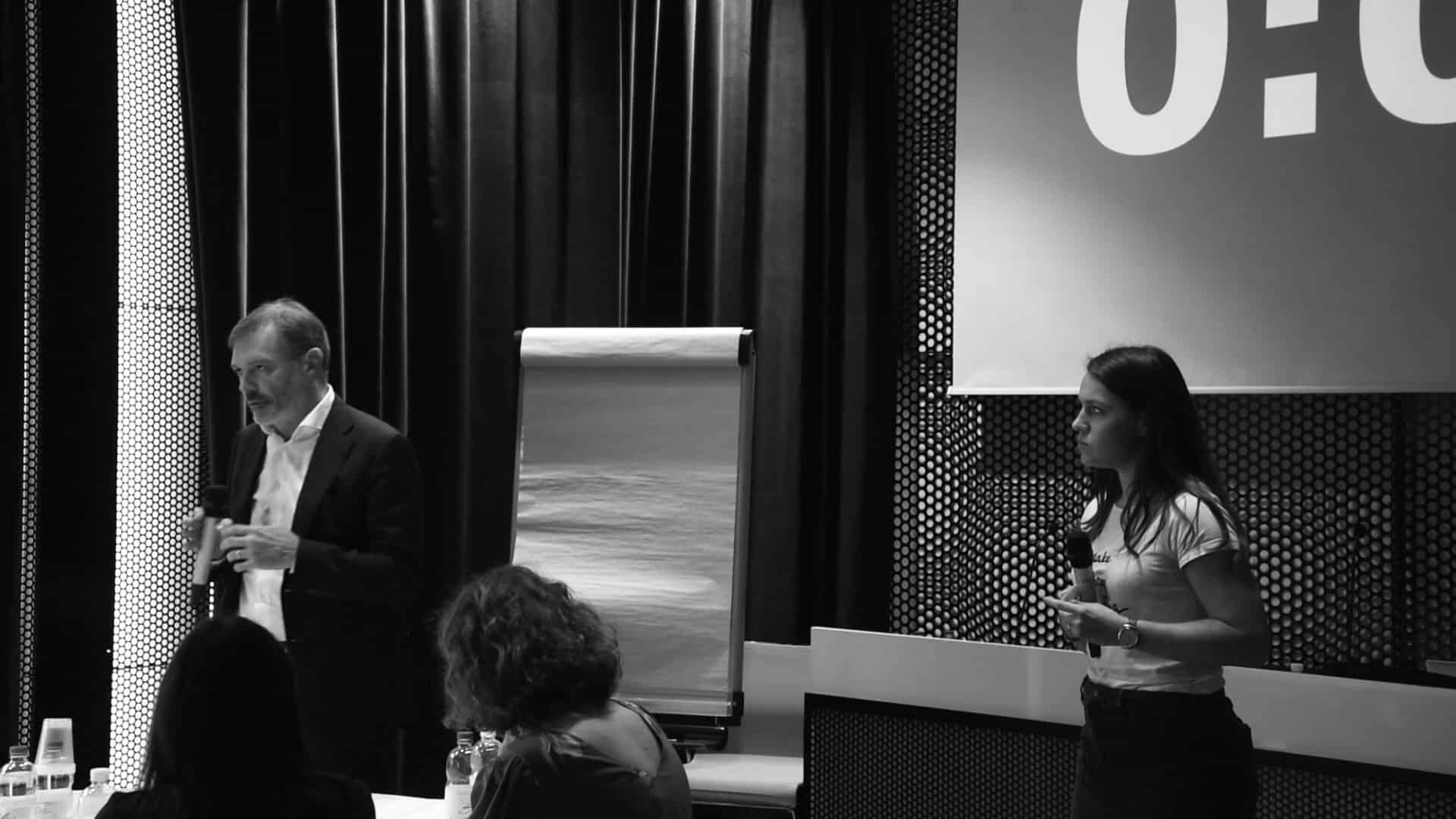
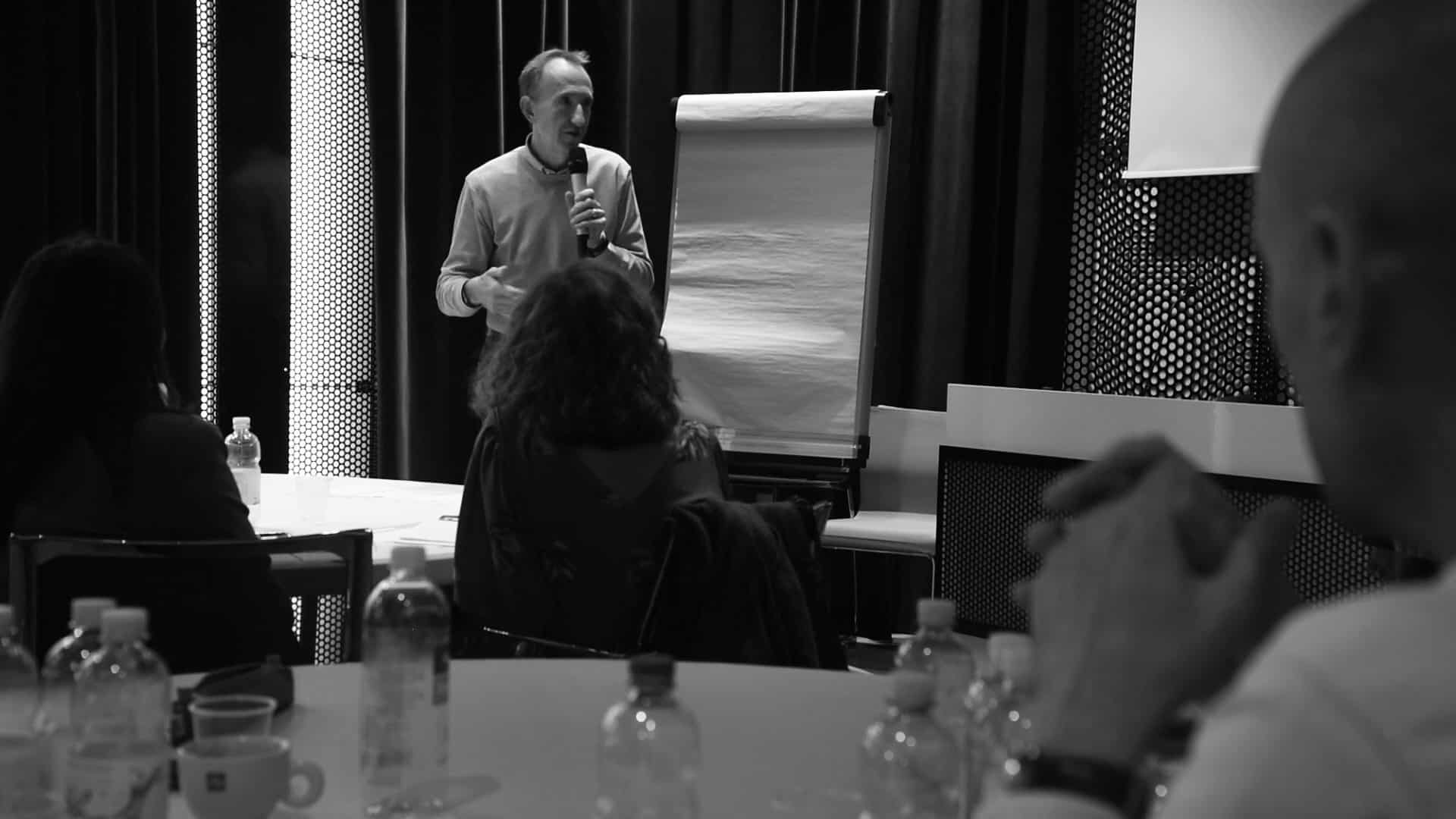
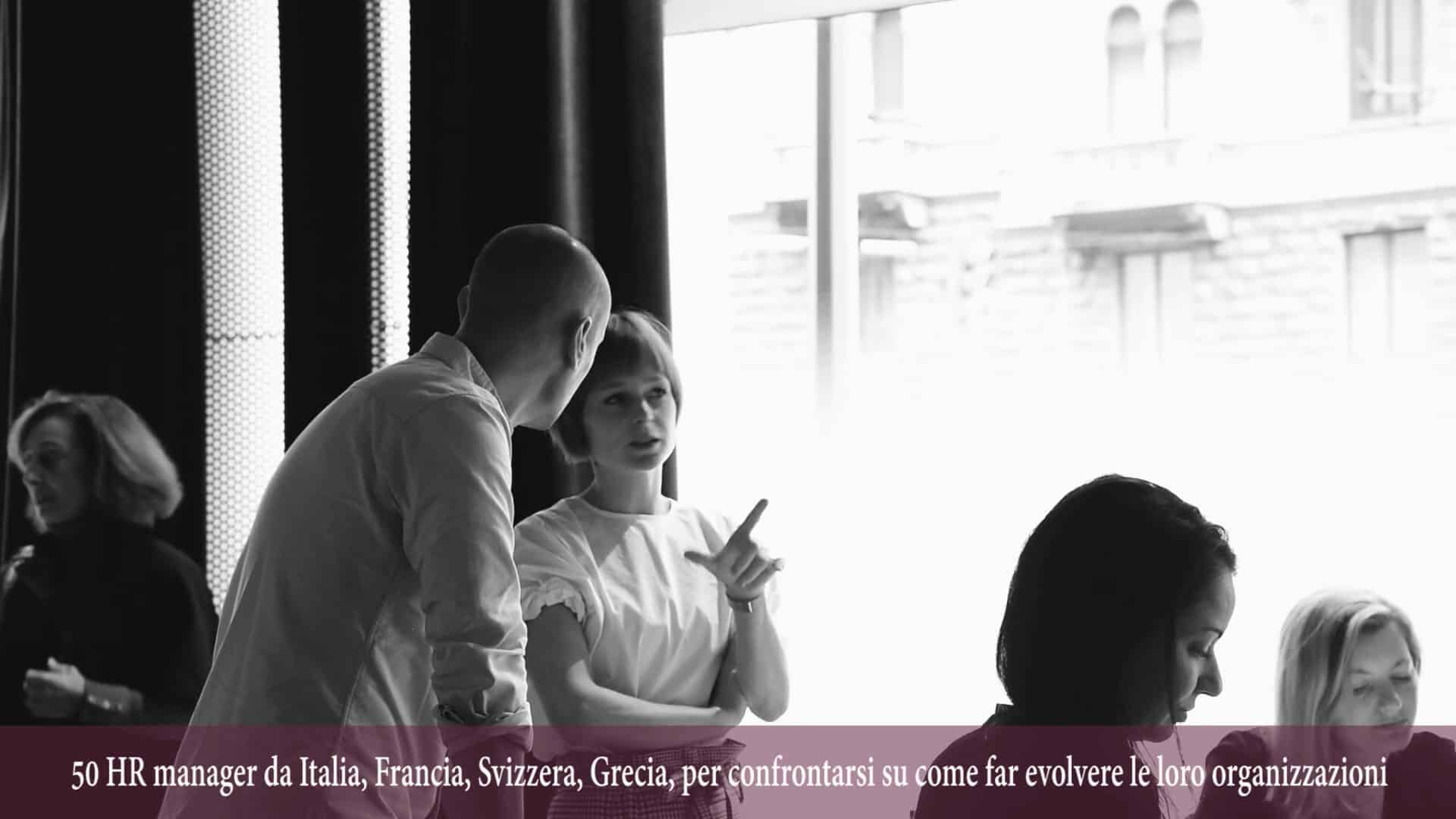
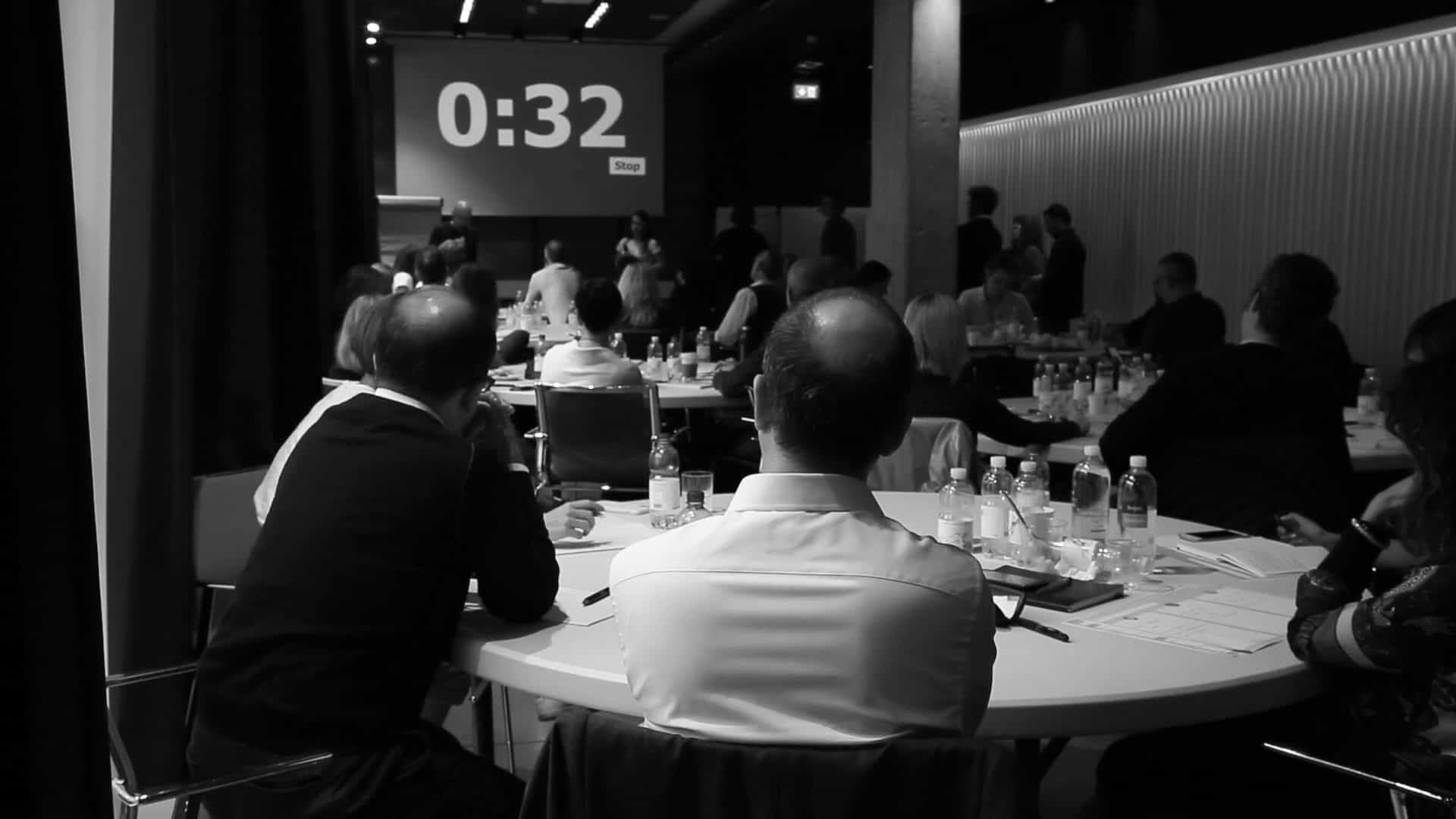
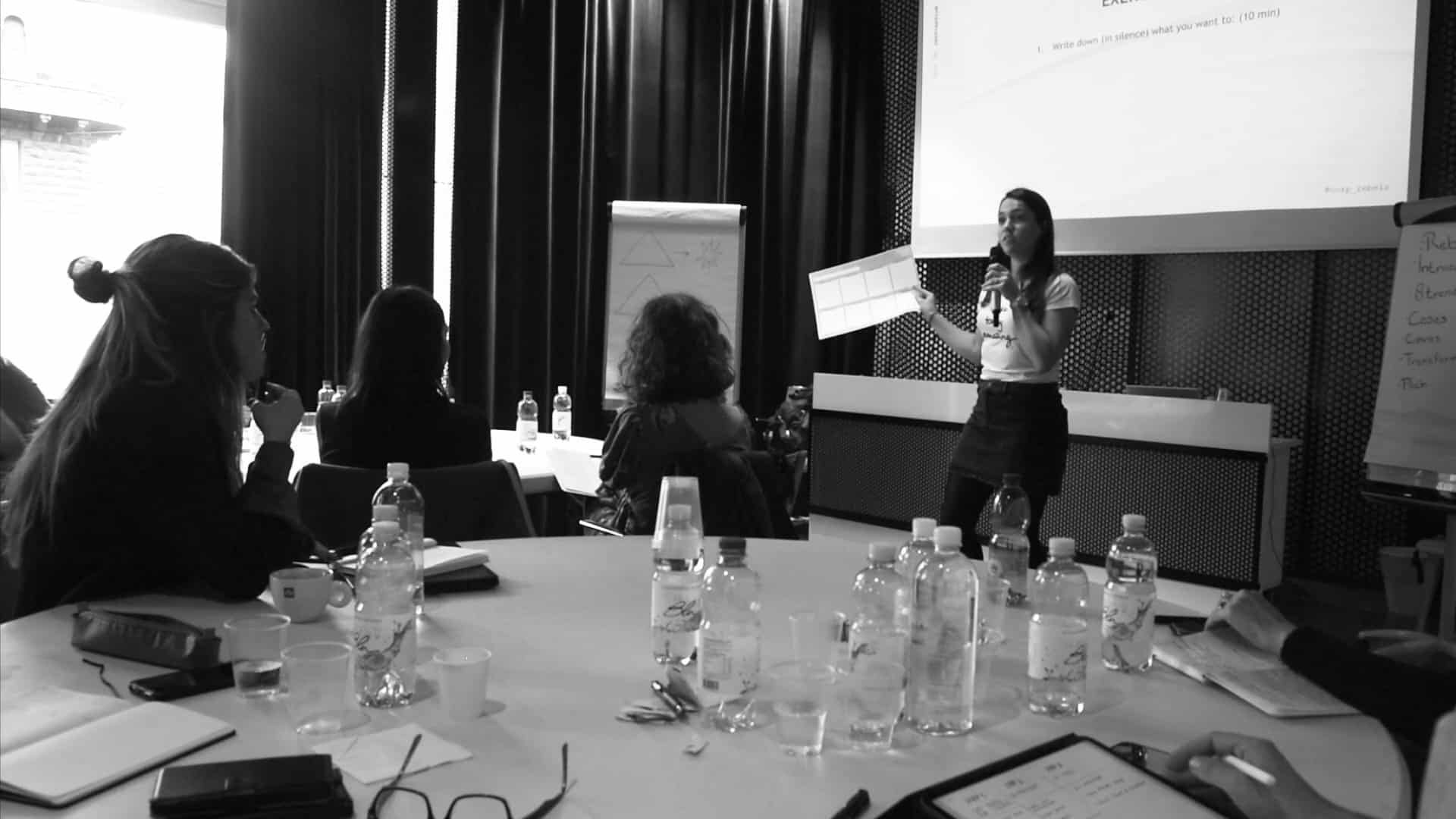
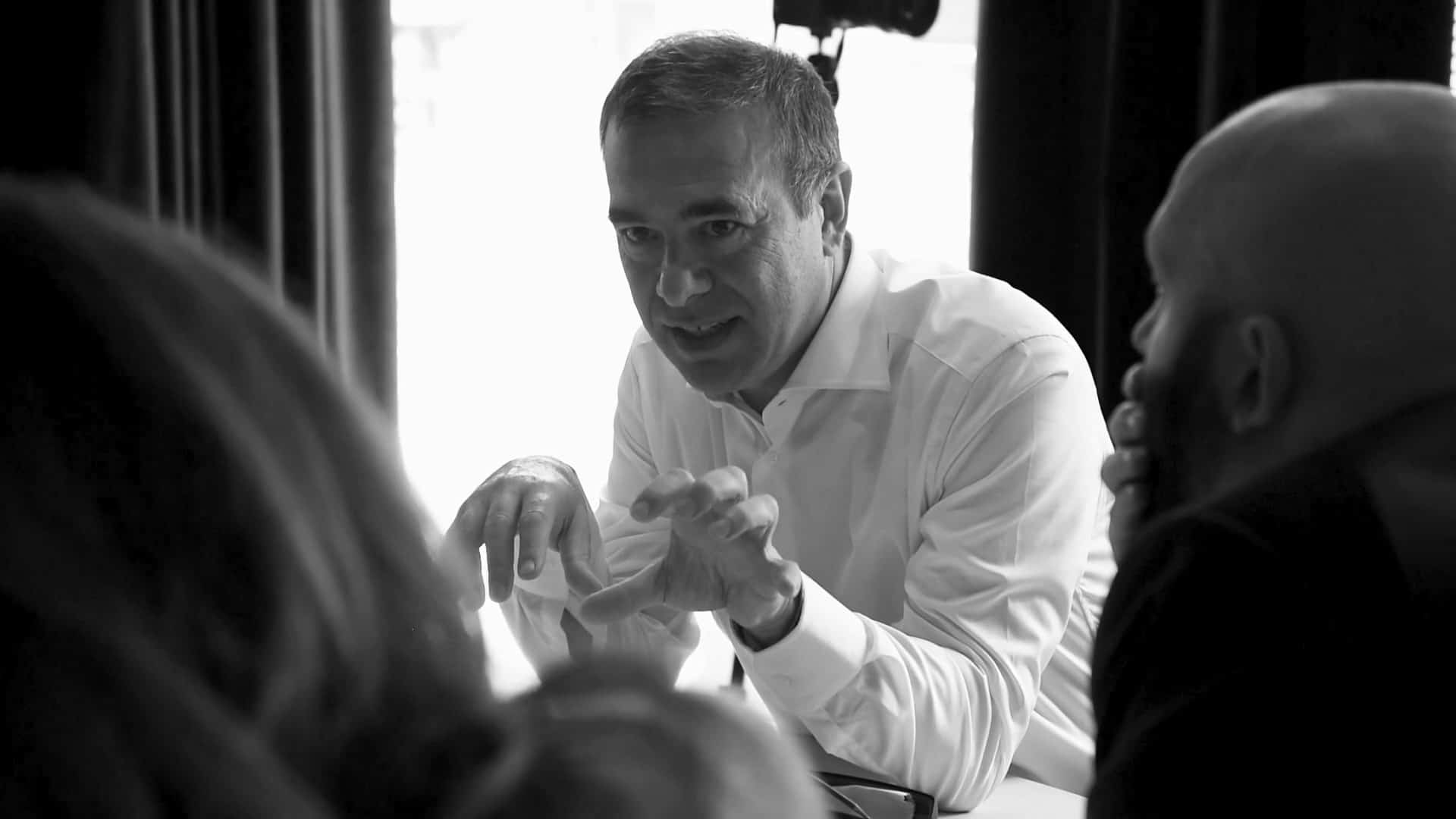
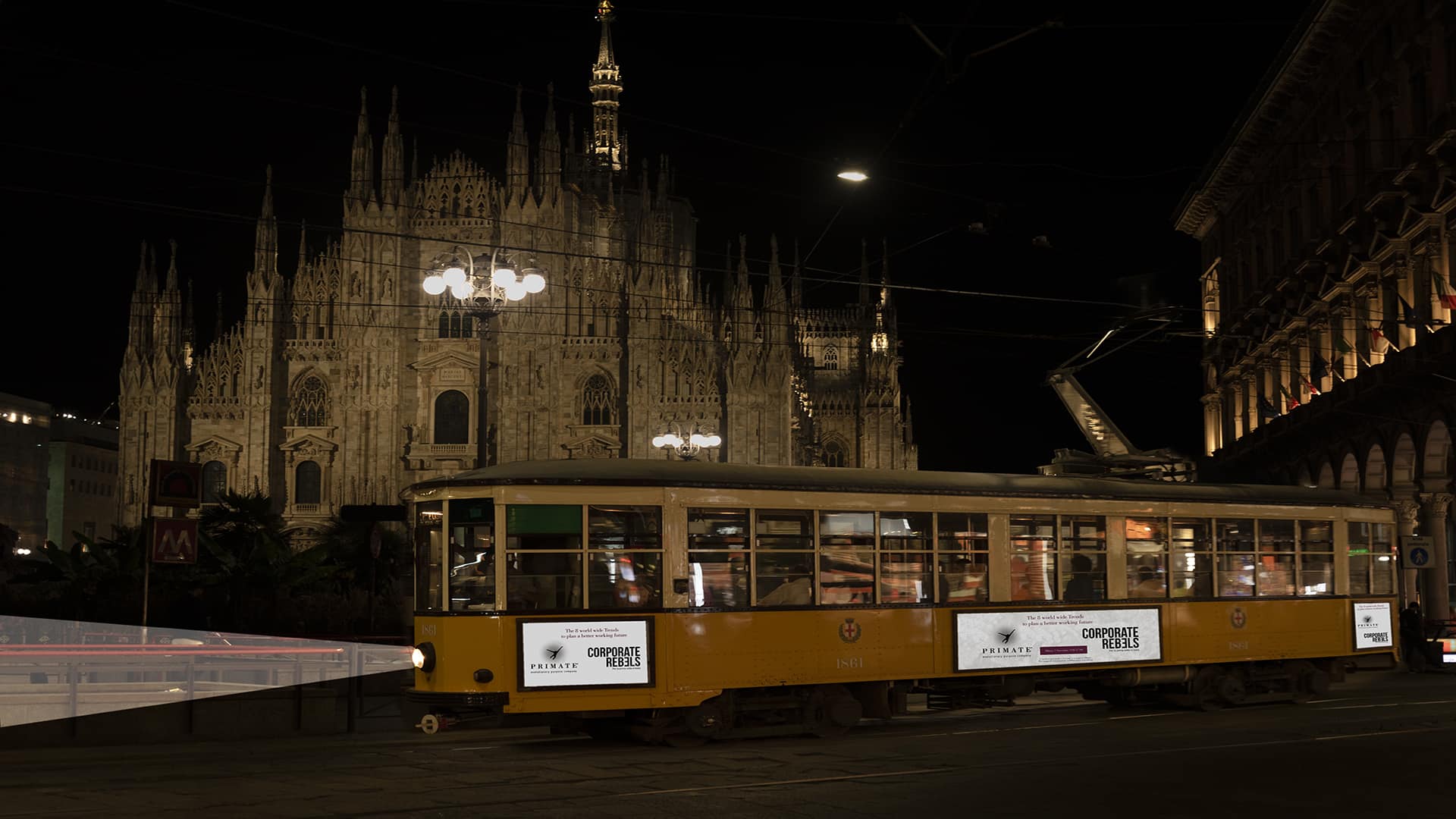
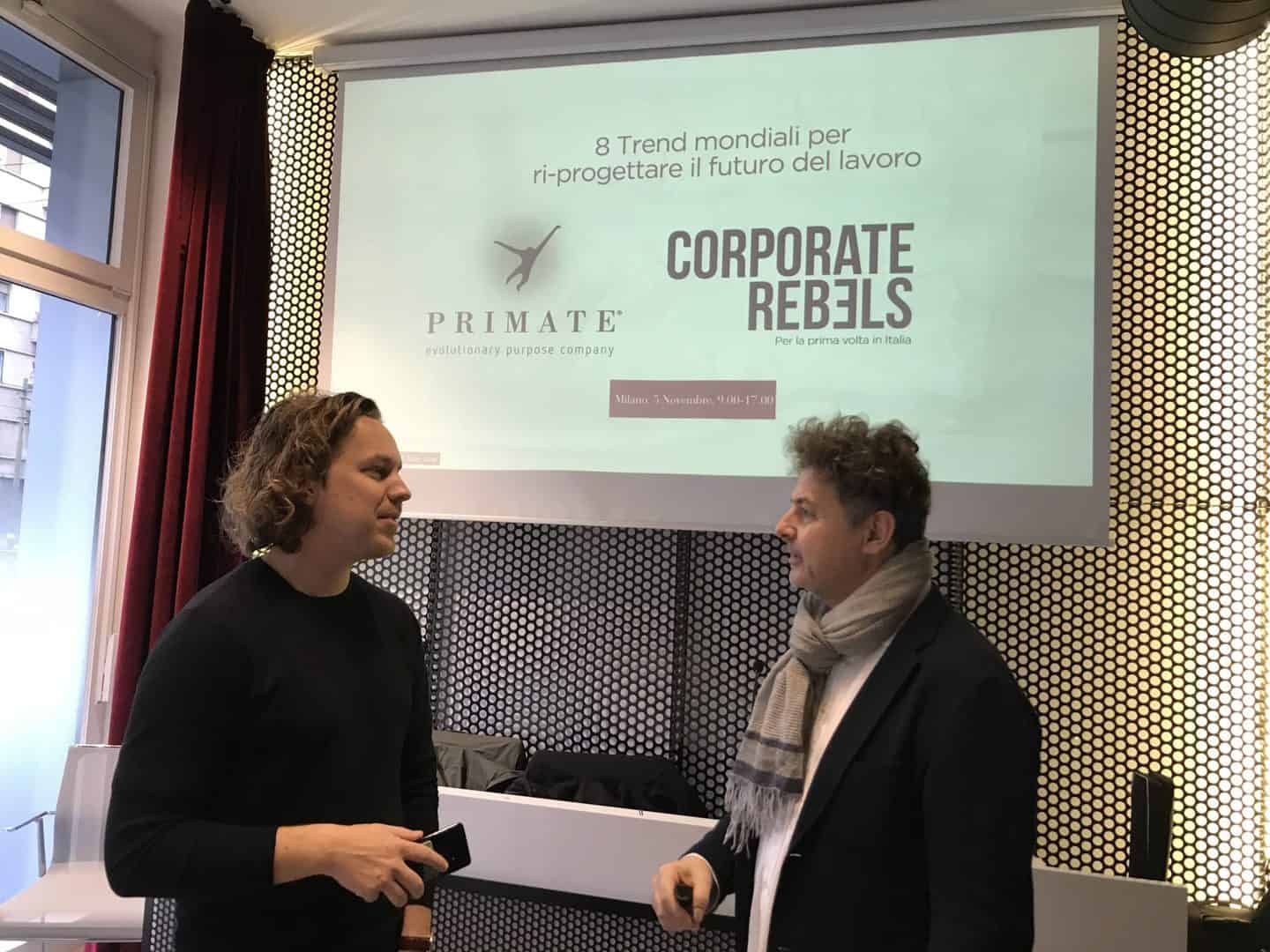
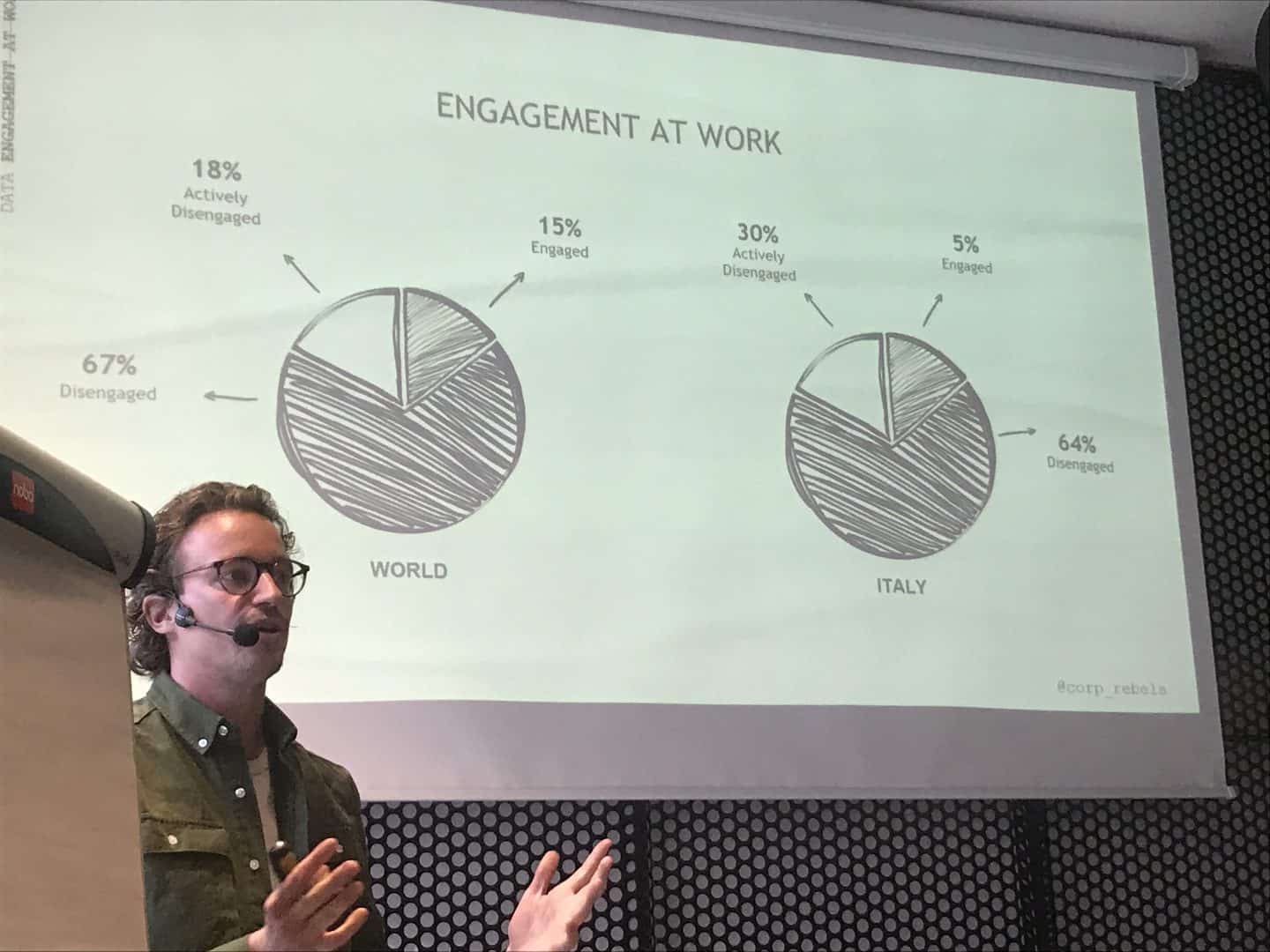
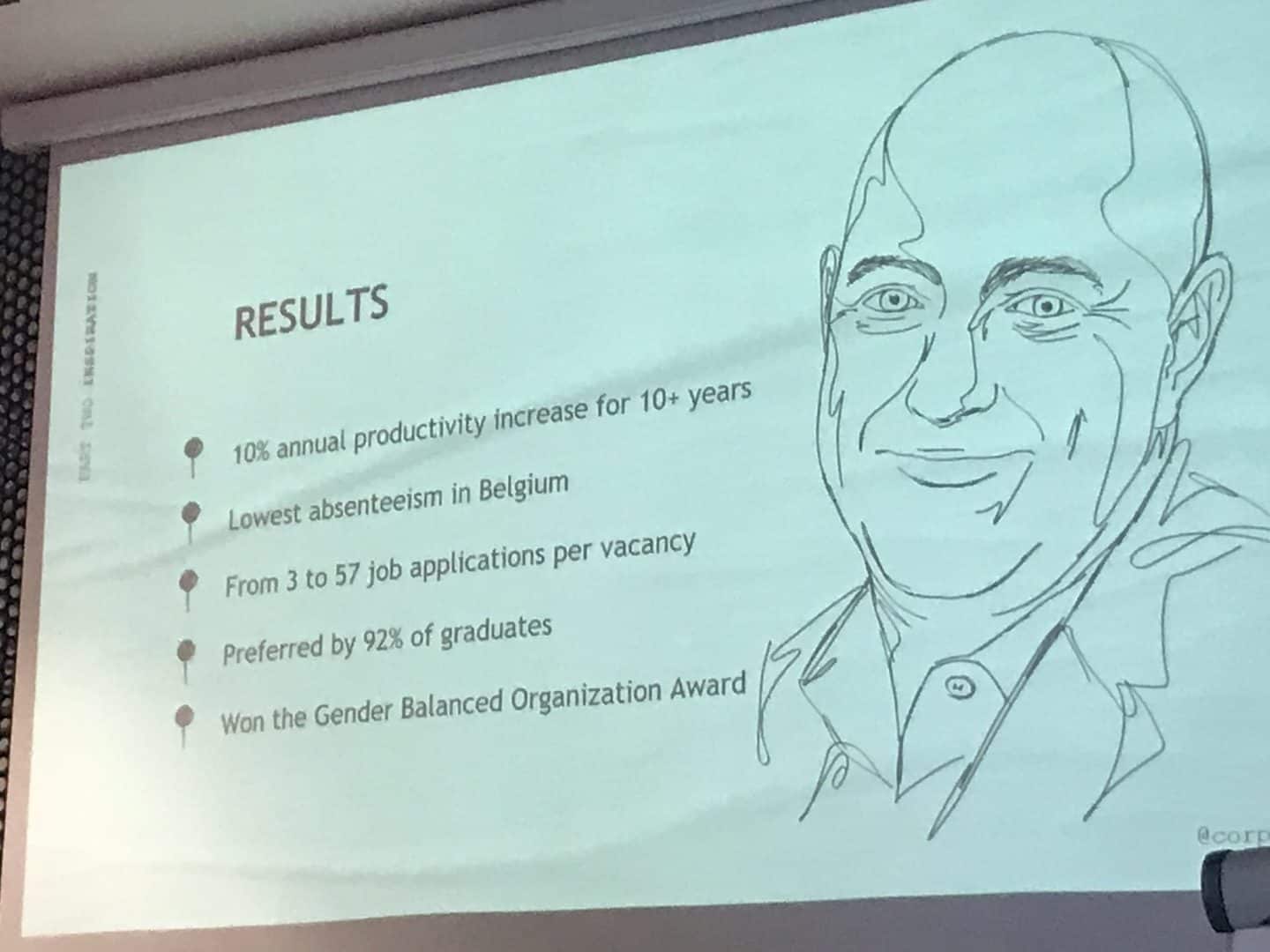
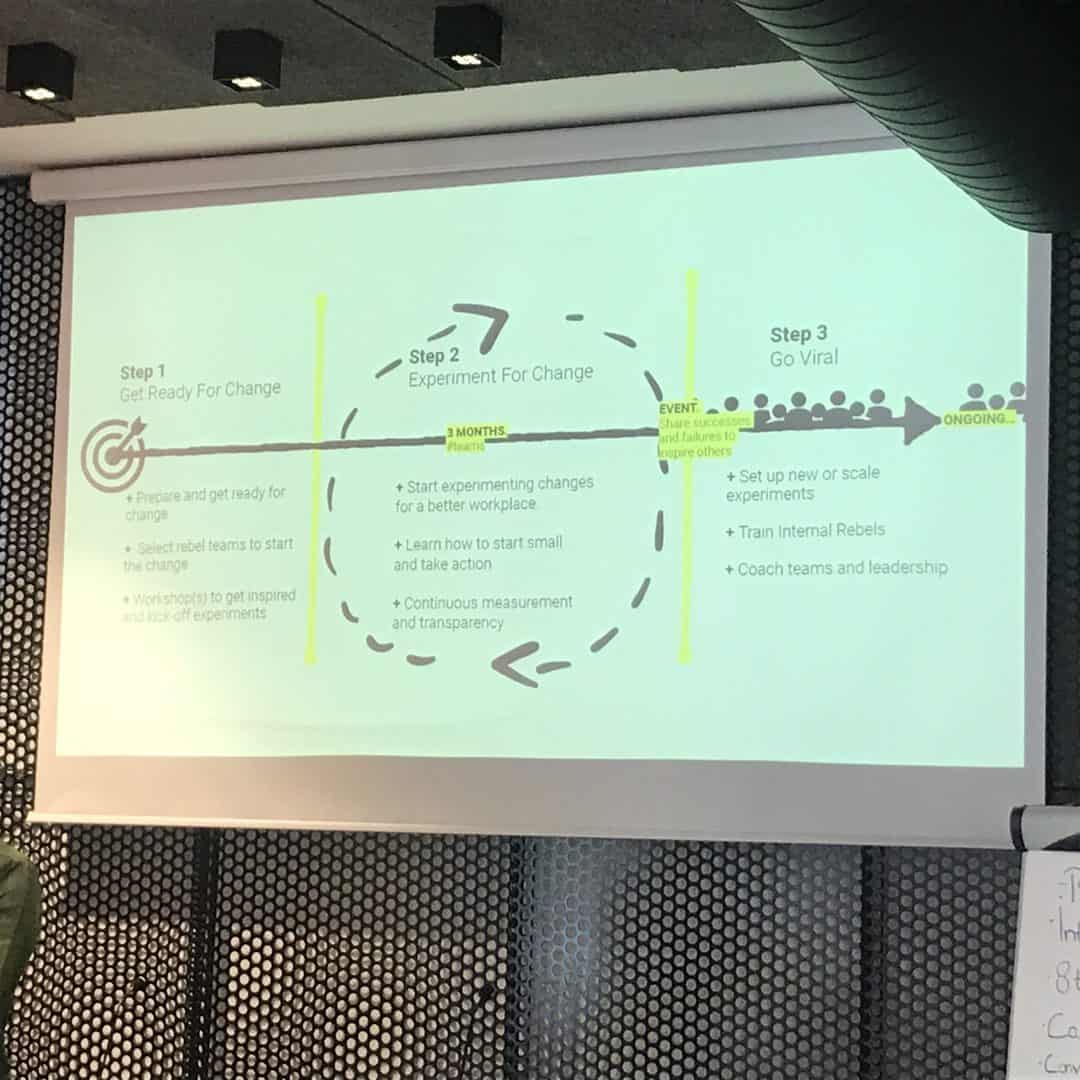
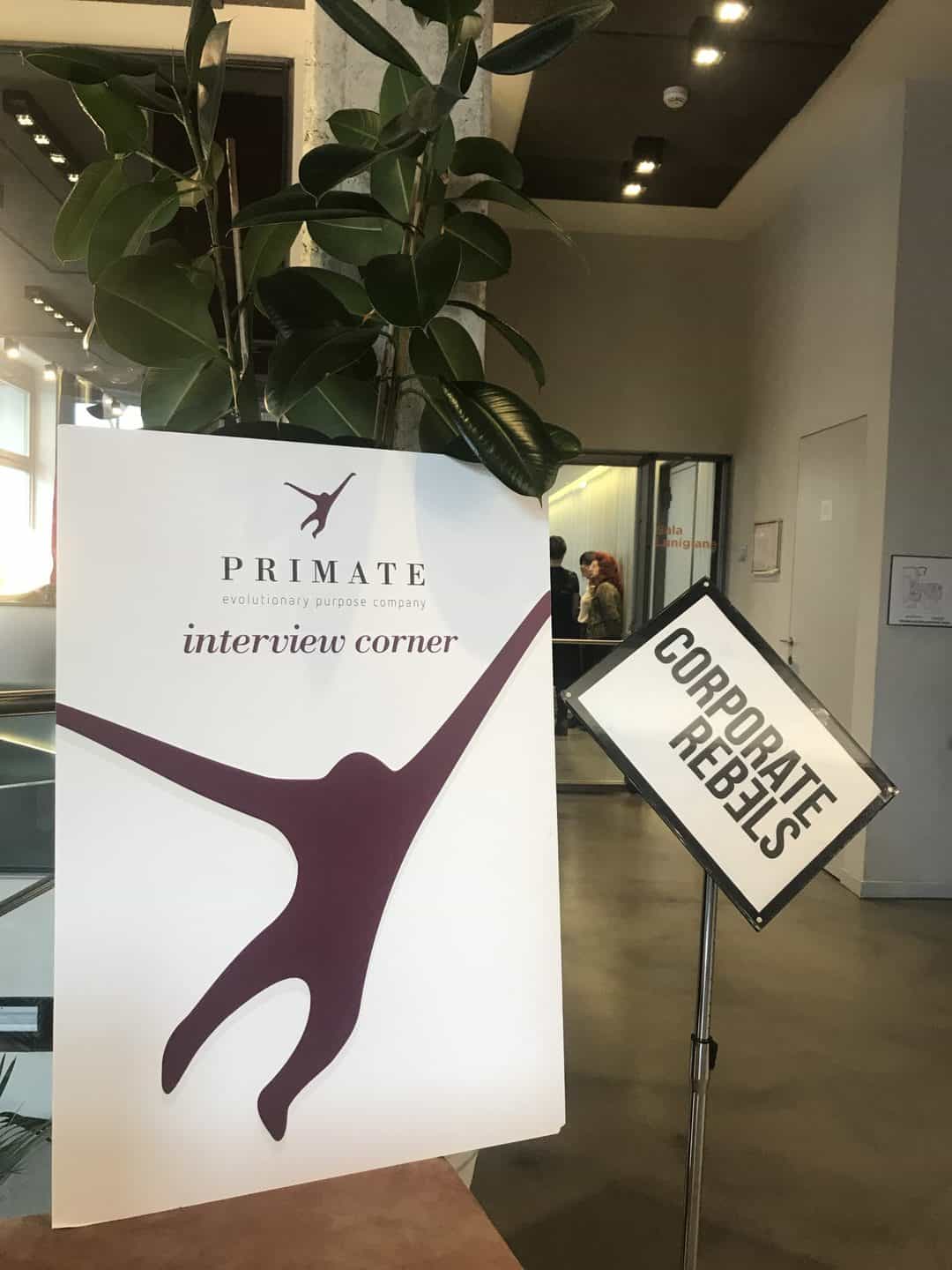
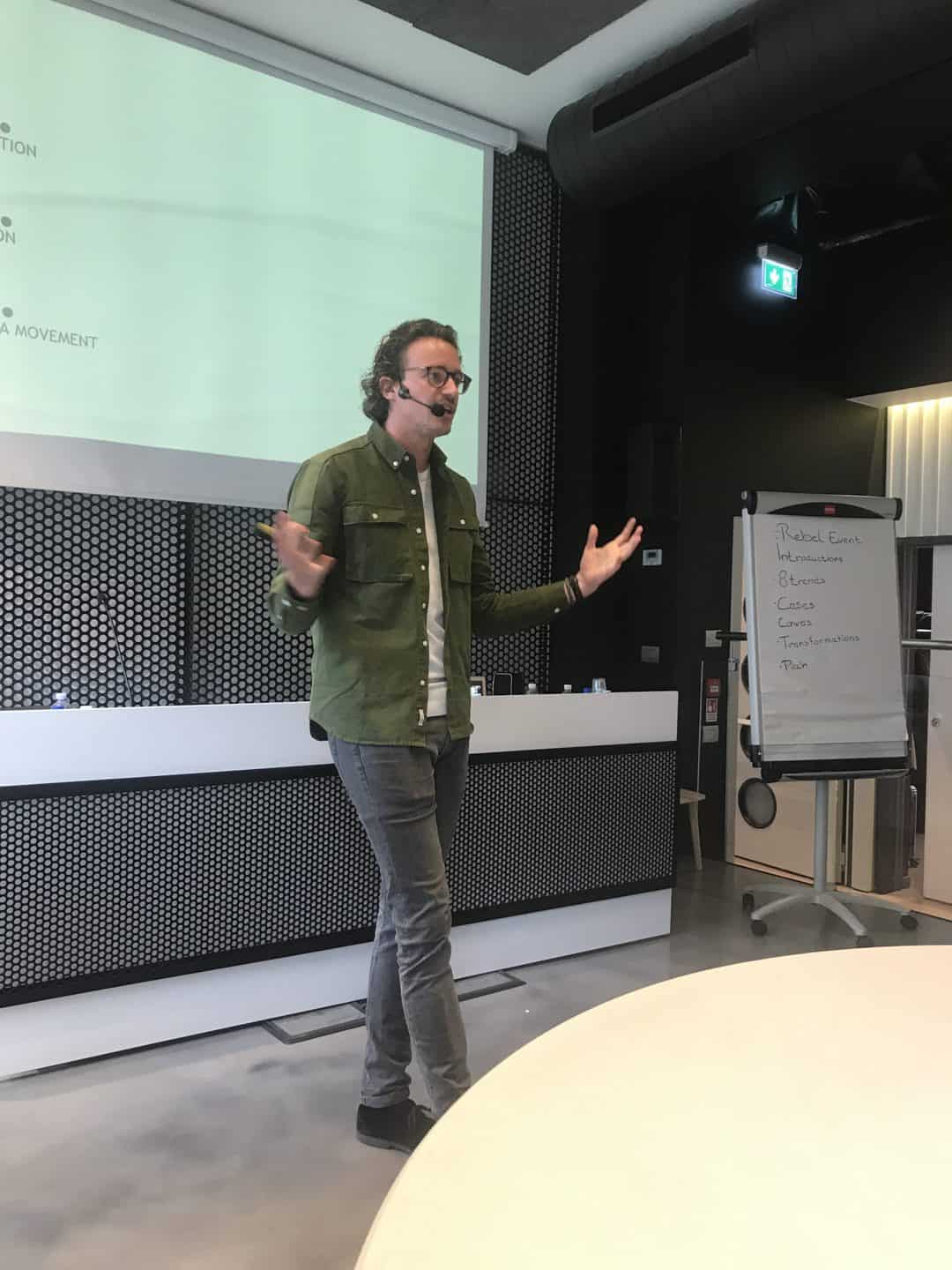
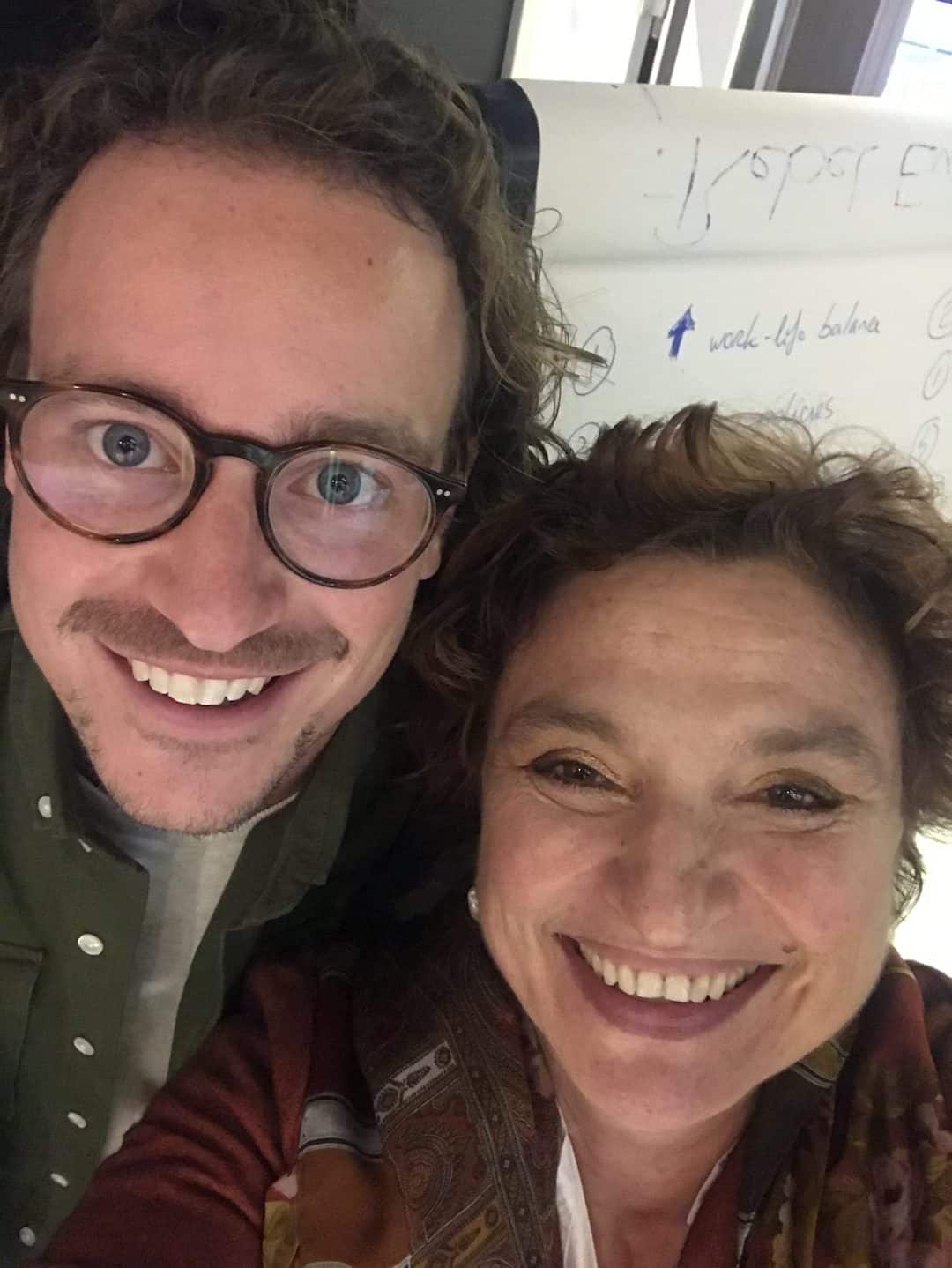
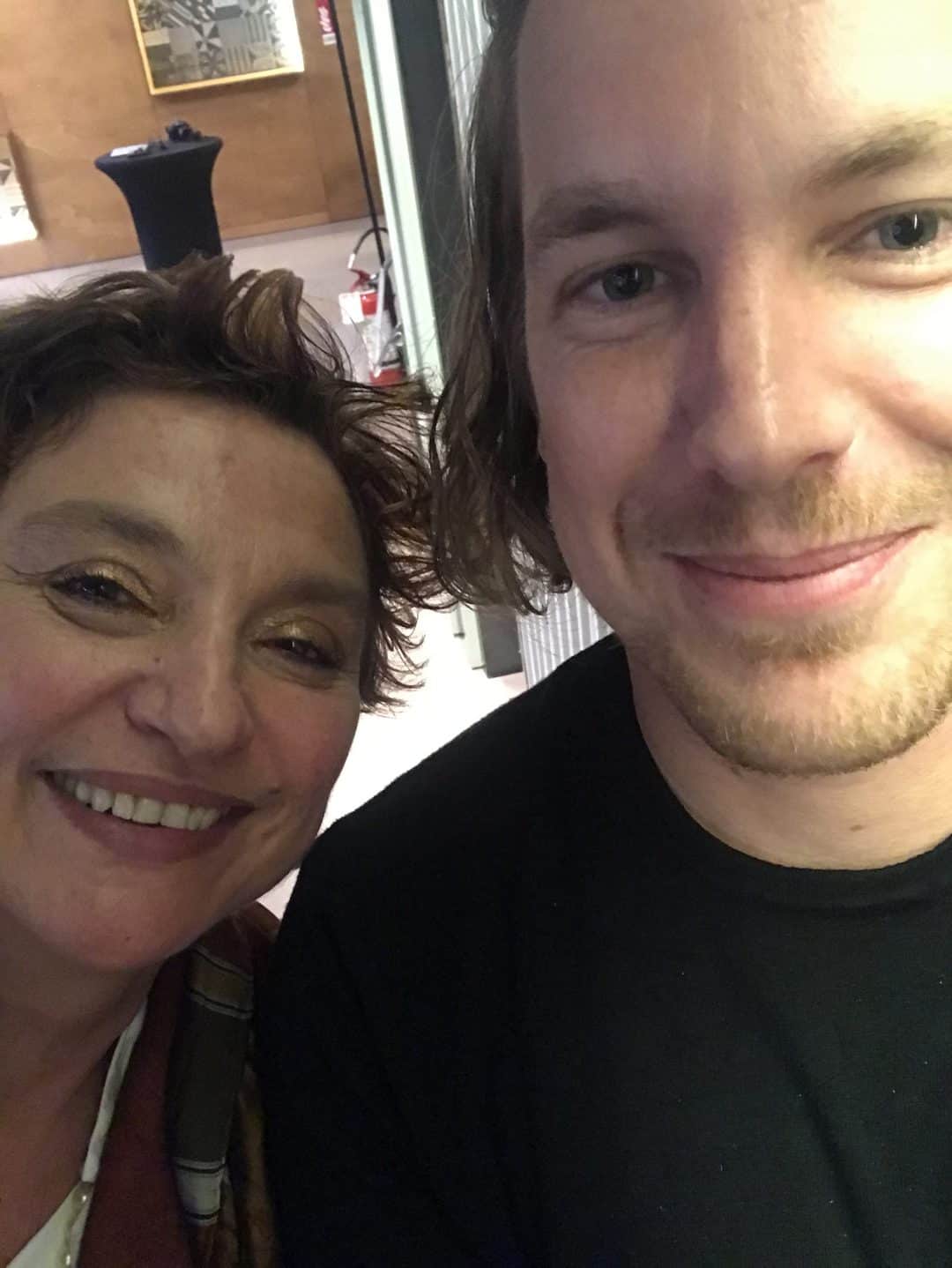
Sense & Respond
Who’s in charge of leading organizations,
has also the responsibility of looking for a new path.
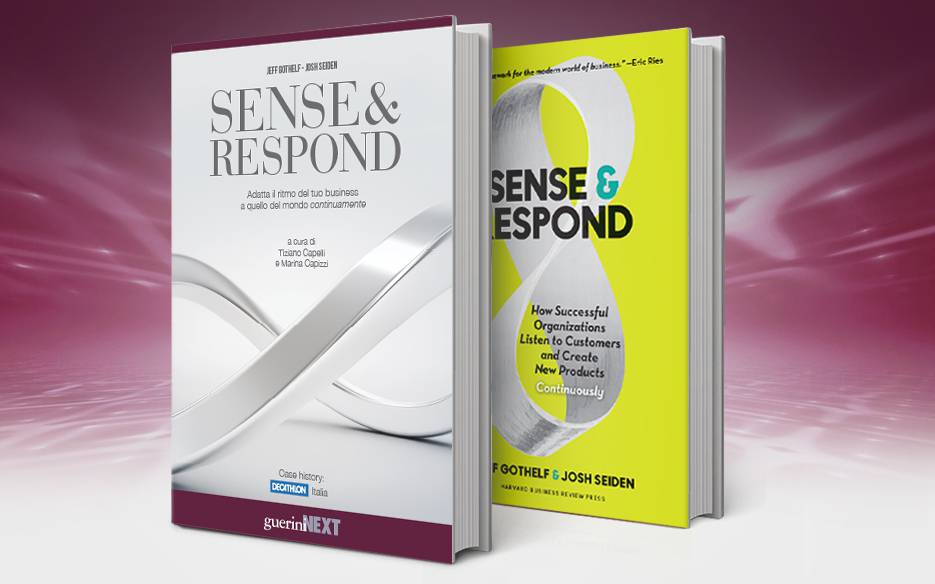
Sense & Respond is an easy but revolutionary synthesis. In fact, through many business cases, it shows how the mindset of many organizations was born during the industrial era. That is over. Nothing is the same, even if it may seems so. We’re in the digital era: a momentous gap, more culturally than technologically. Concepts and methods, that were reference points for generations of managers, don’t work any more: for example, facing uncertainty and complexity with detailed plans. But most organizations still keep on working in the same way as in the past.
This book reveals how what we consider an inevitable problem is in fact the result of a deeper and deeper gap between our mental habits and reality.
So, where can we start from, and how can we go on? Read more
VIDEOS
The world is heading in the direction anticipated by PRIMATE.
Beyond illusions, where the new arises
December 2019
Words to be relighted in organizations
December 2018
PRIMATE’s FOUNDERS

